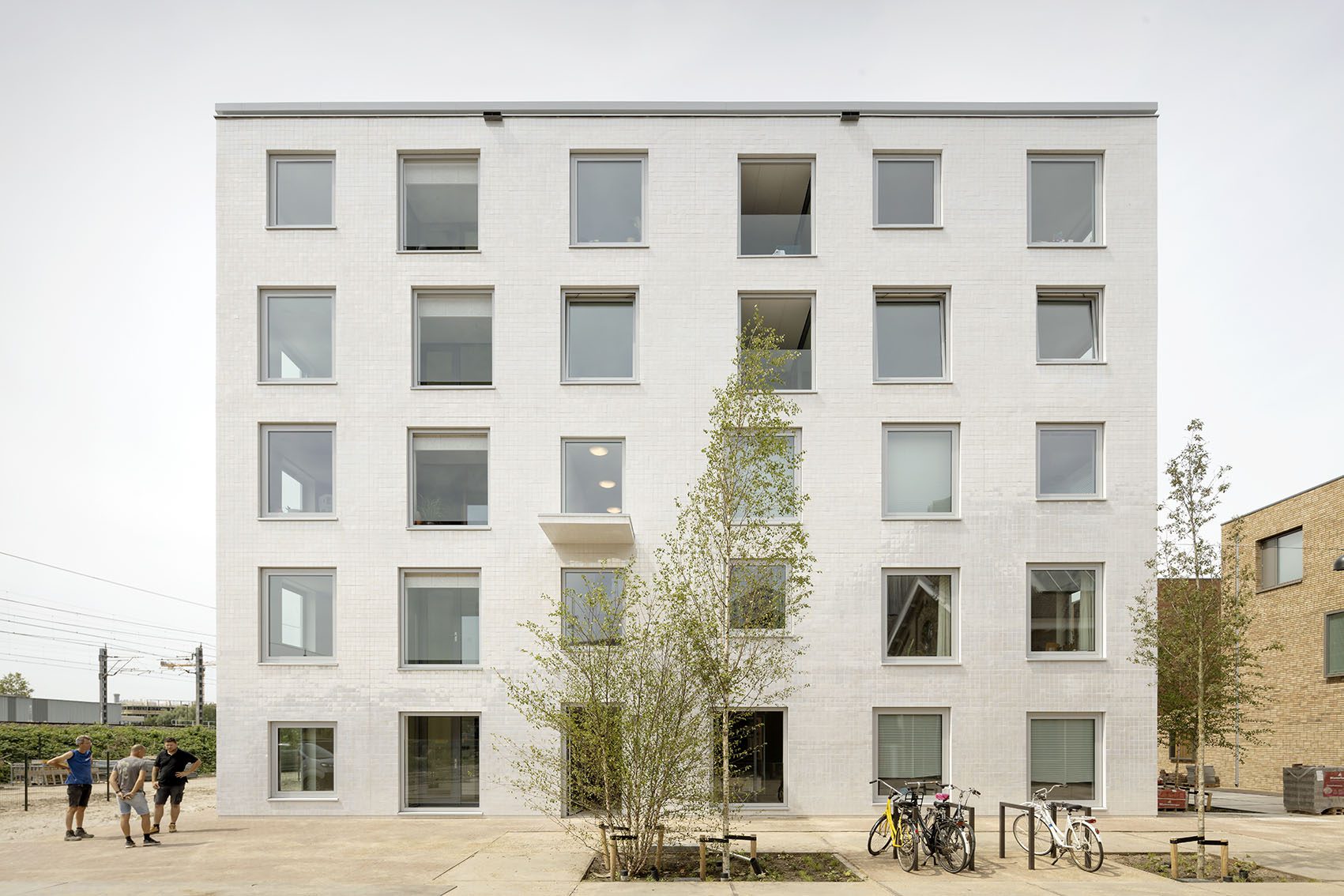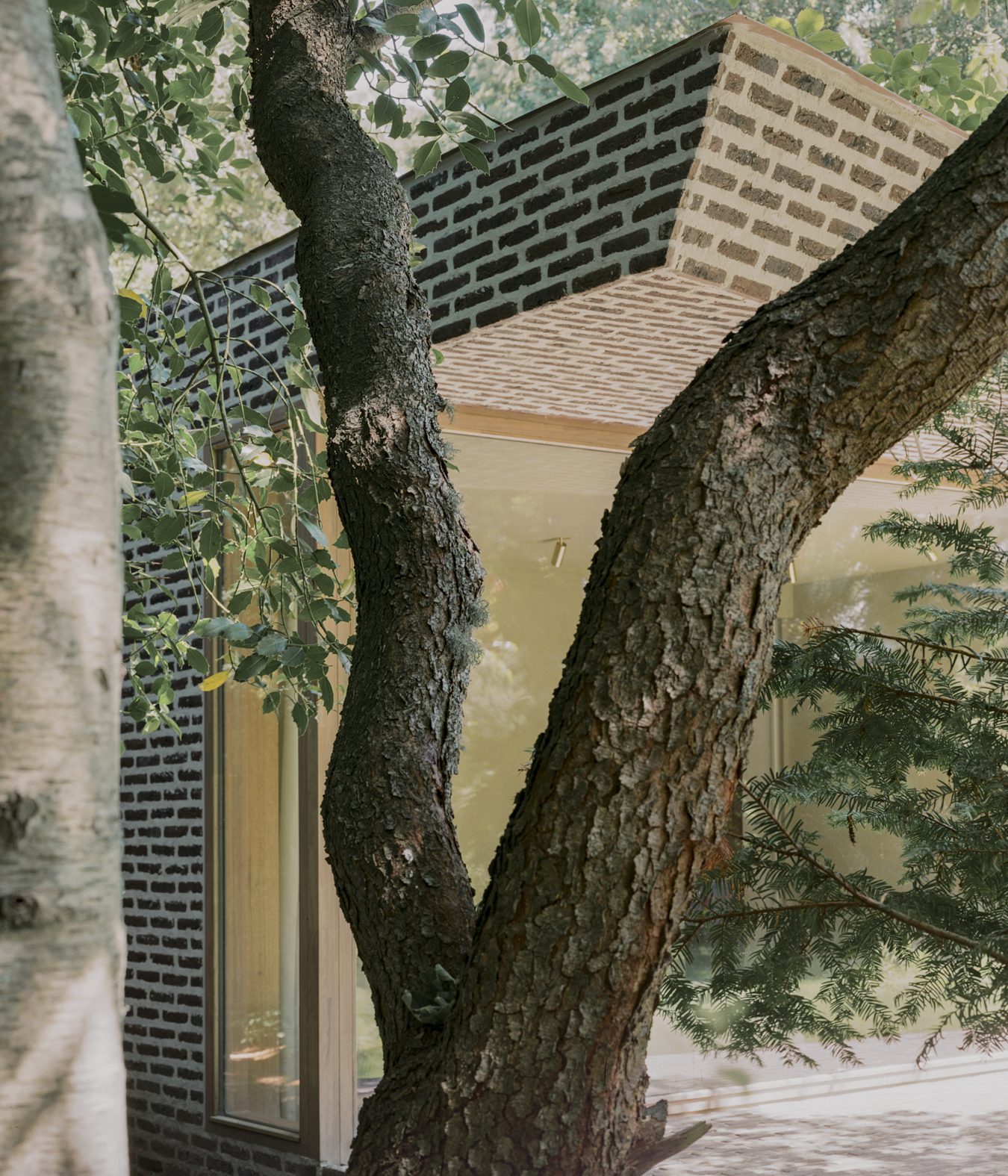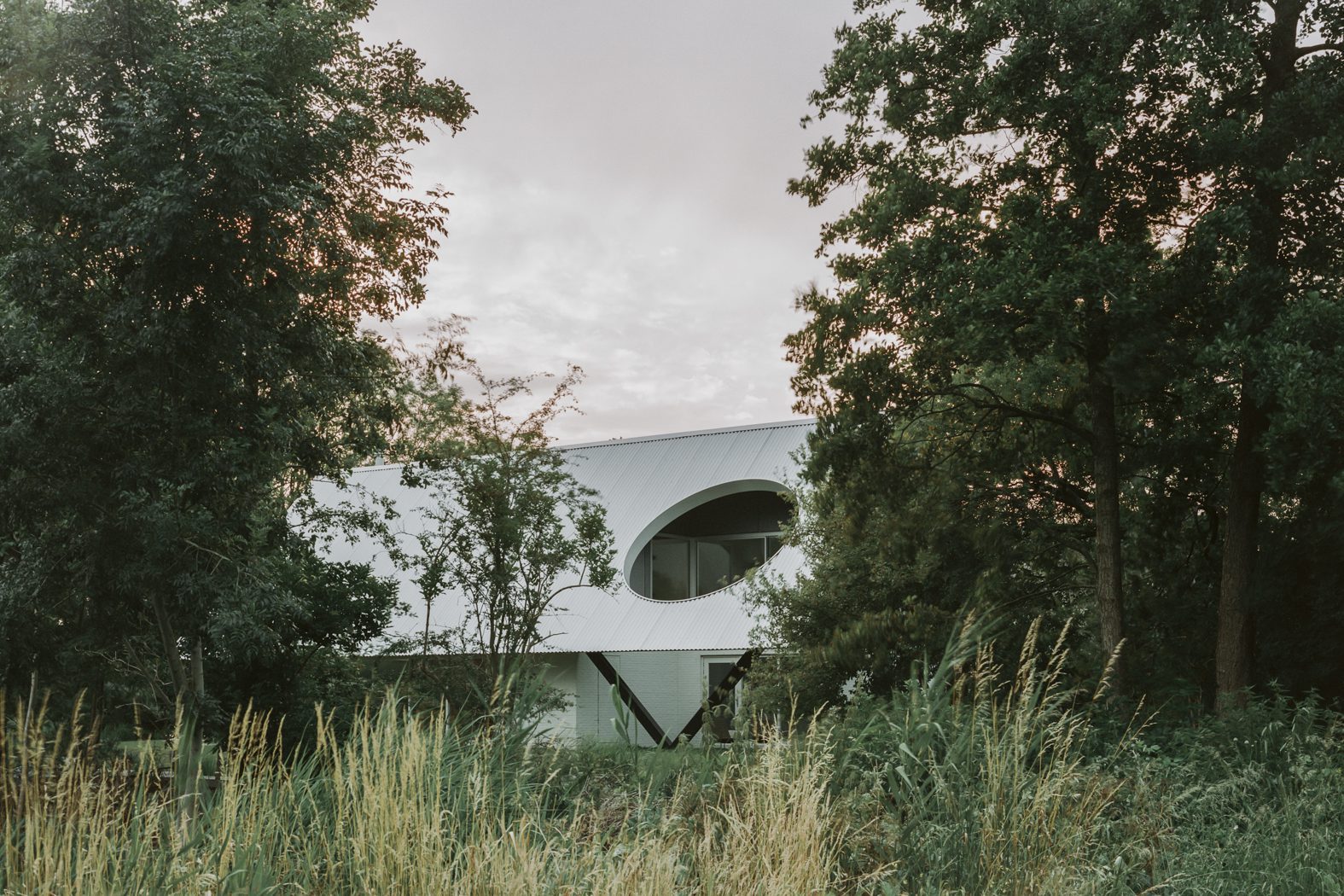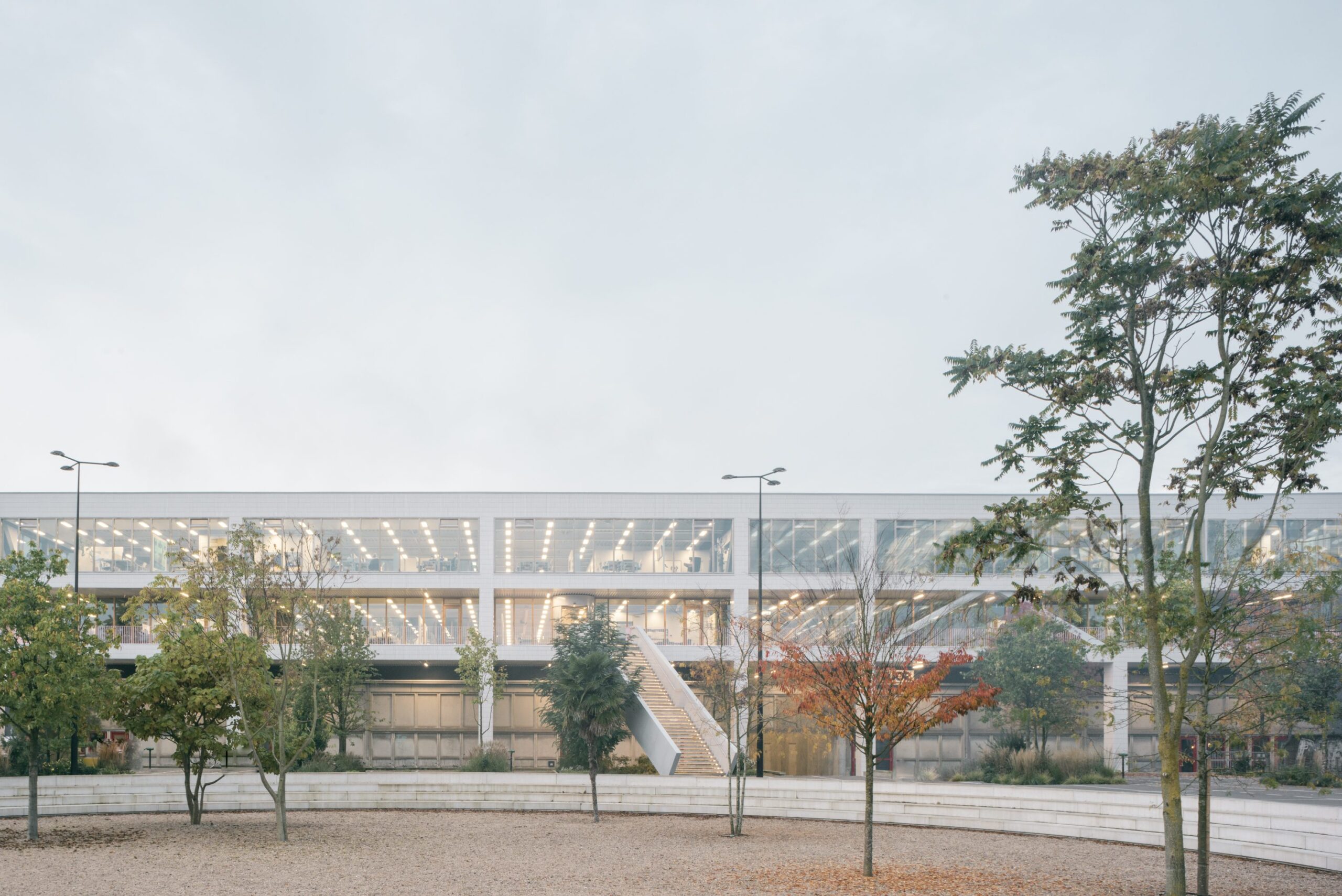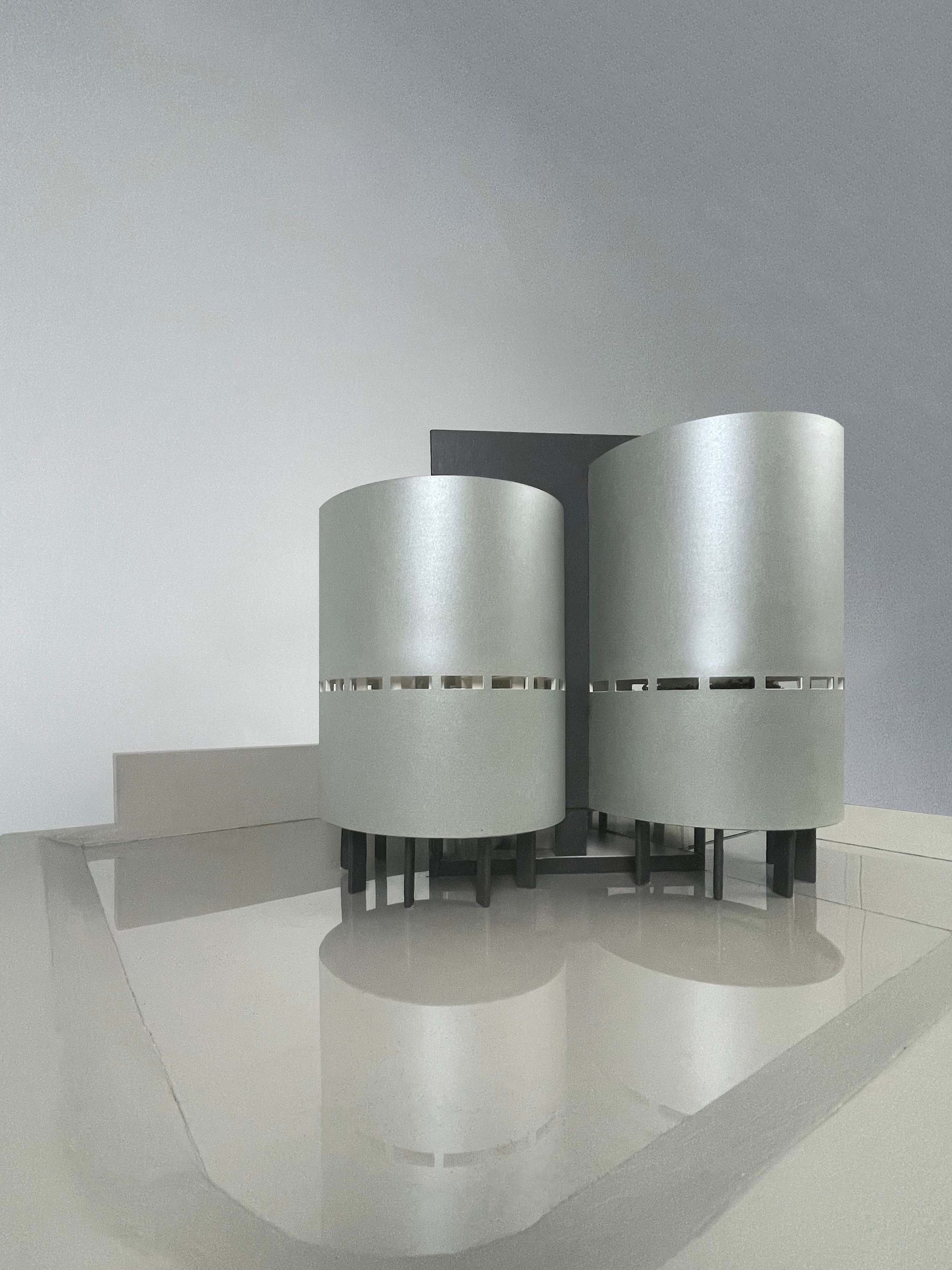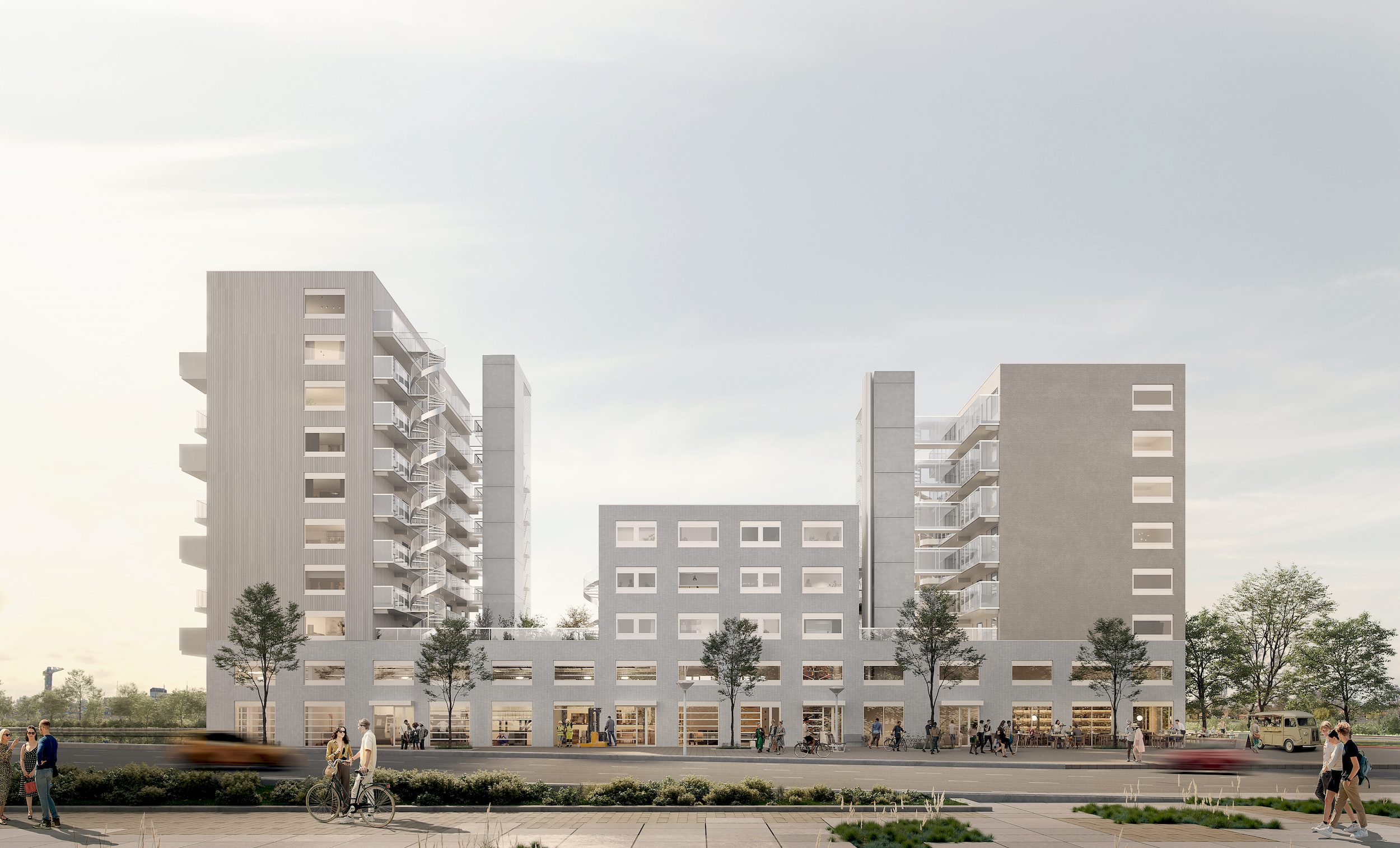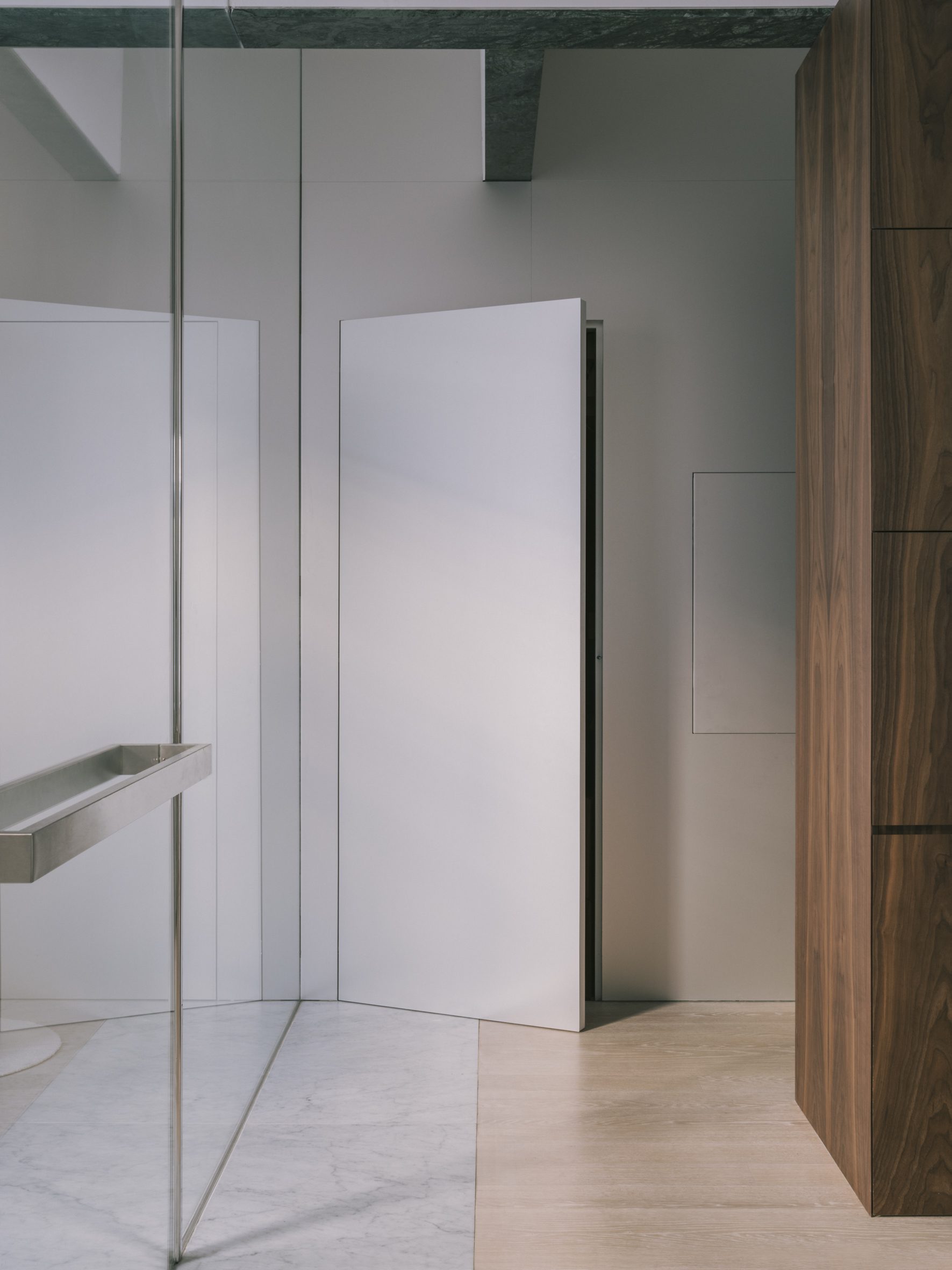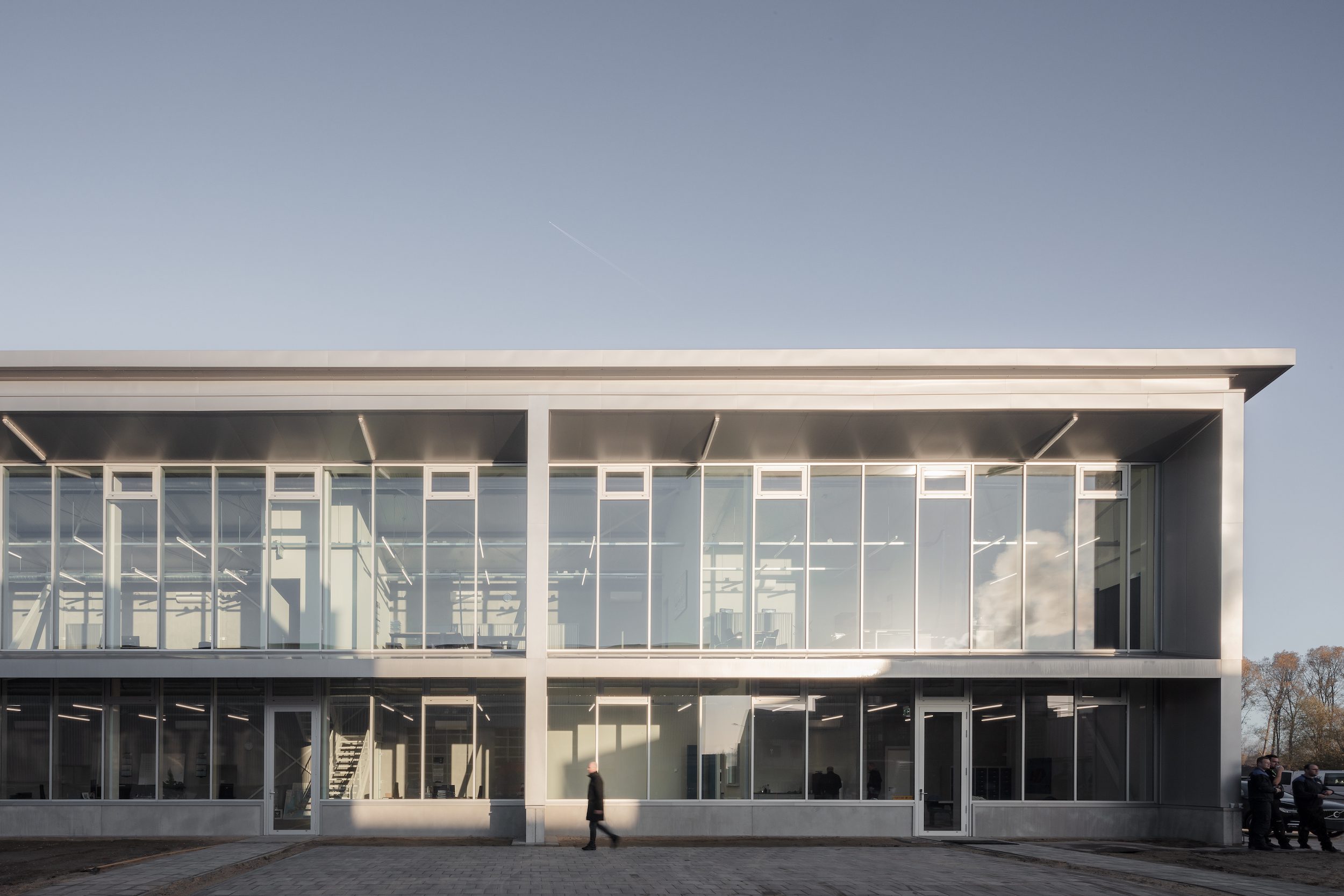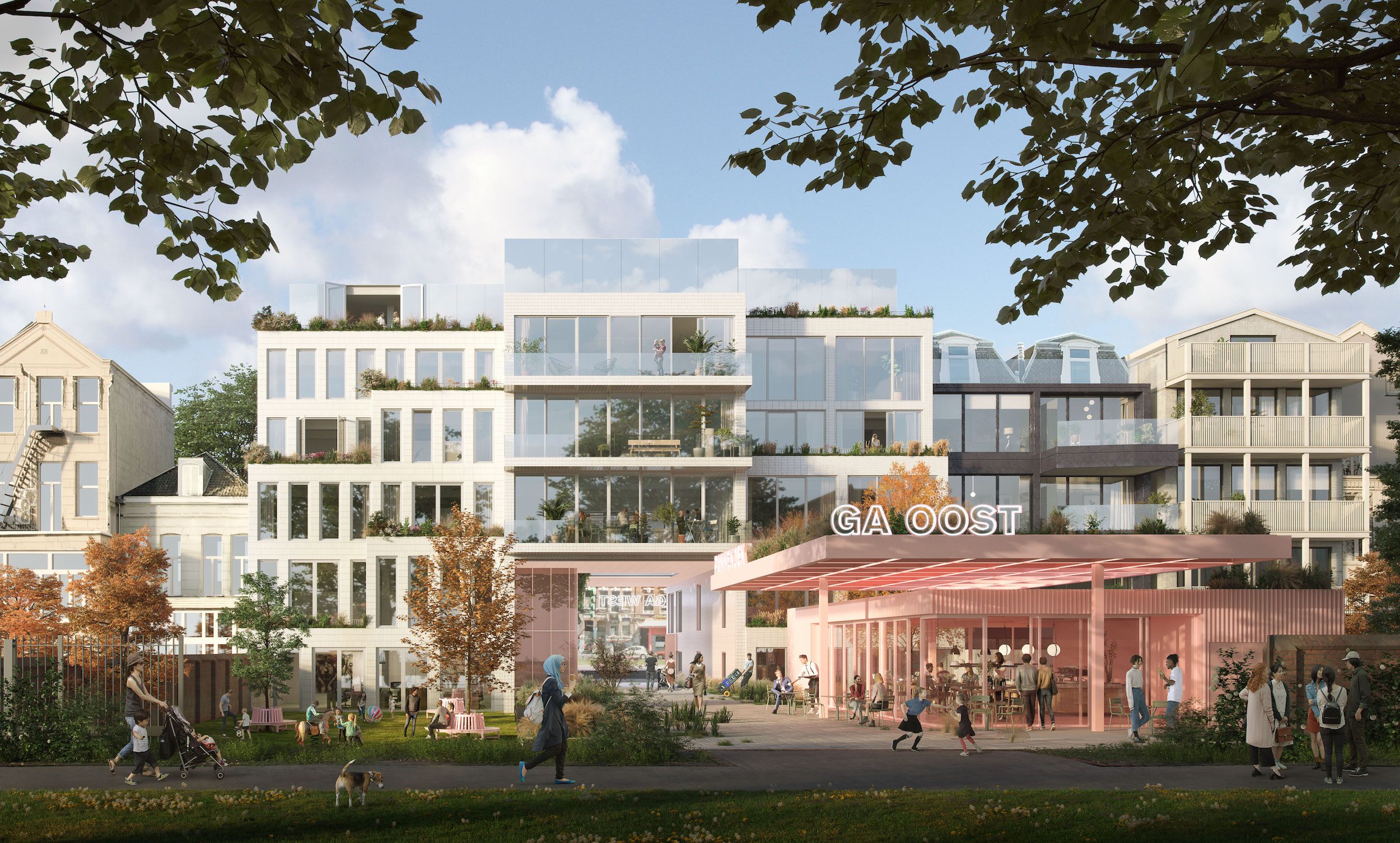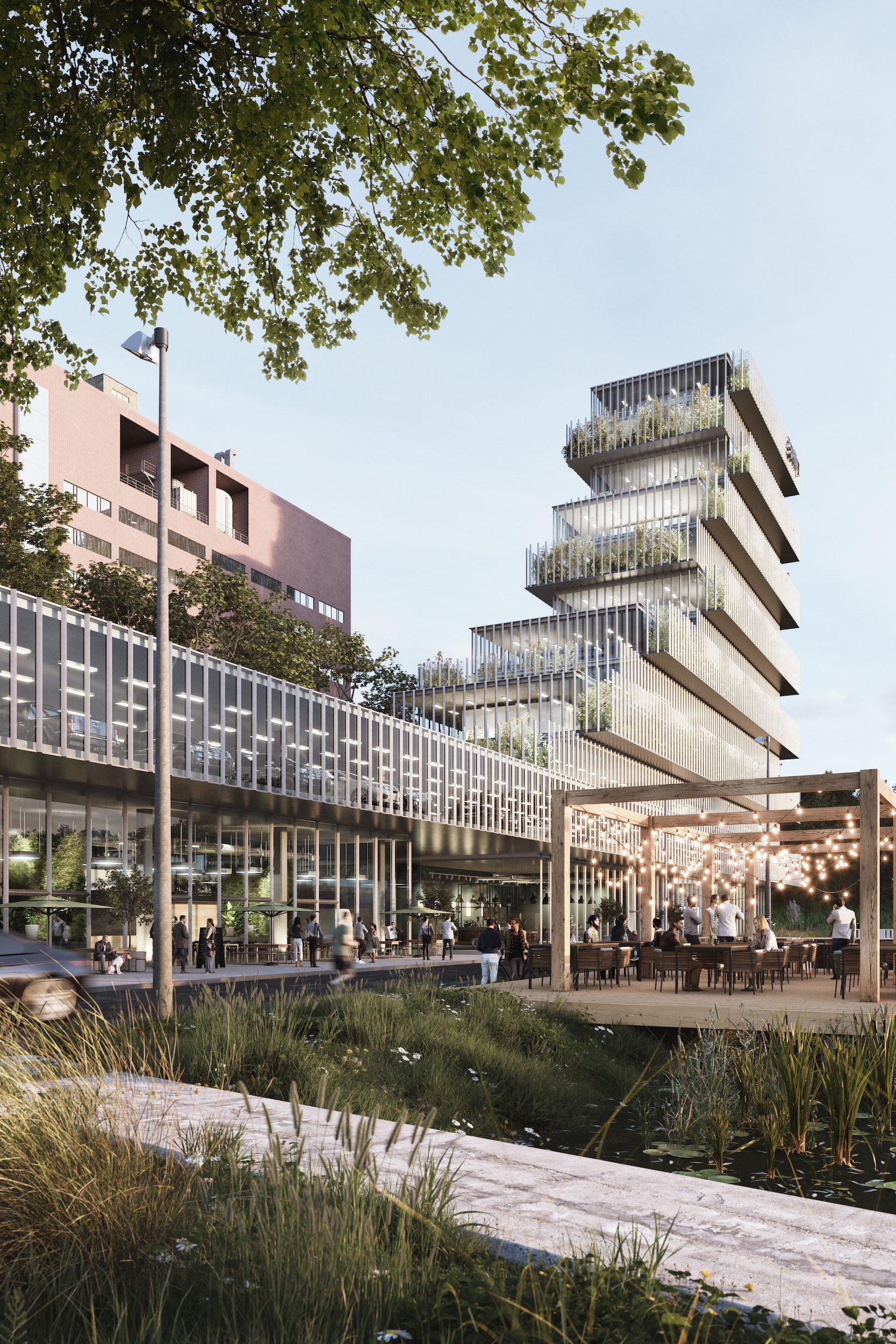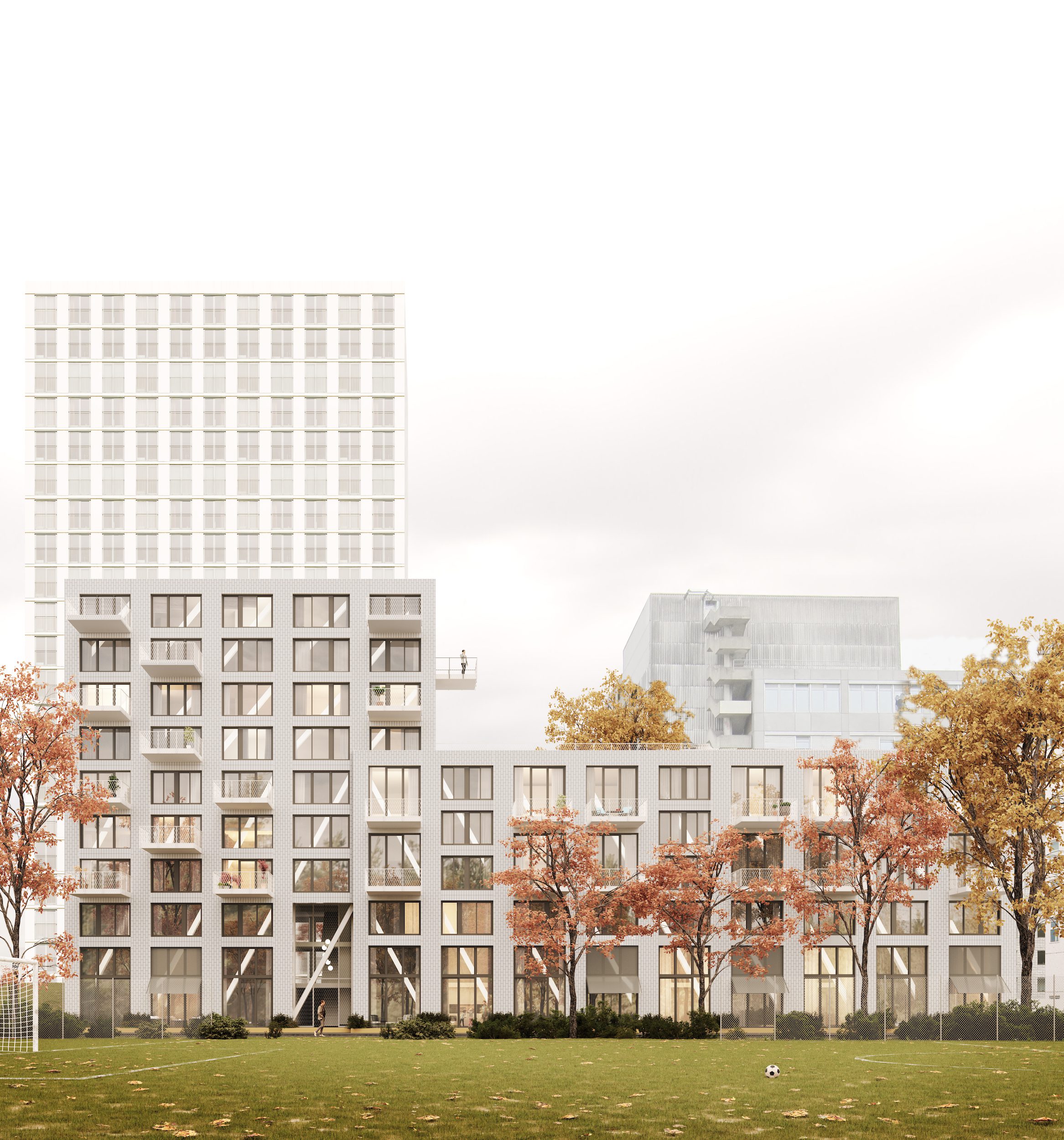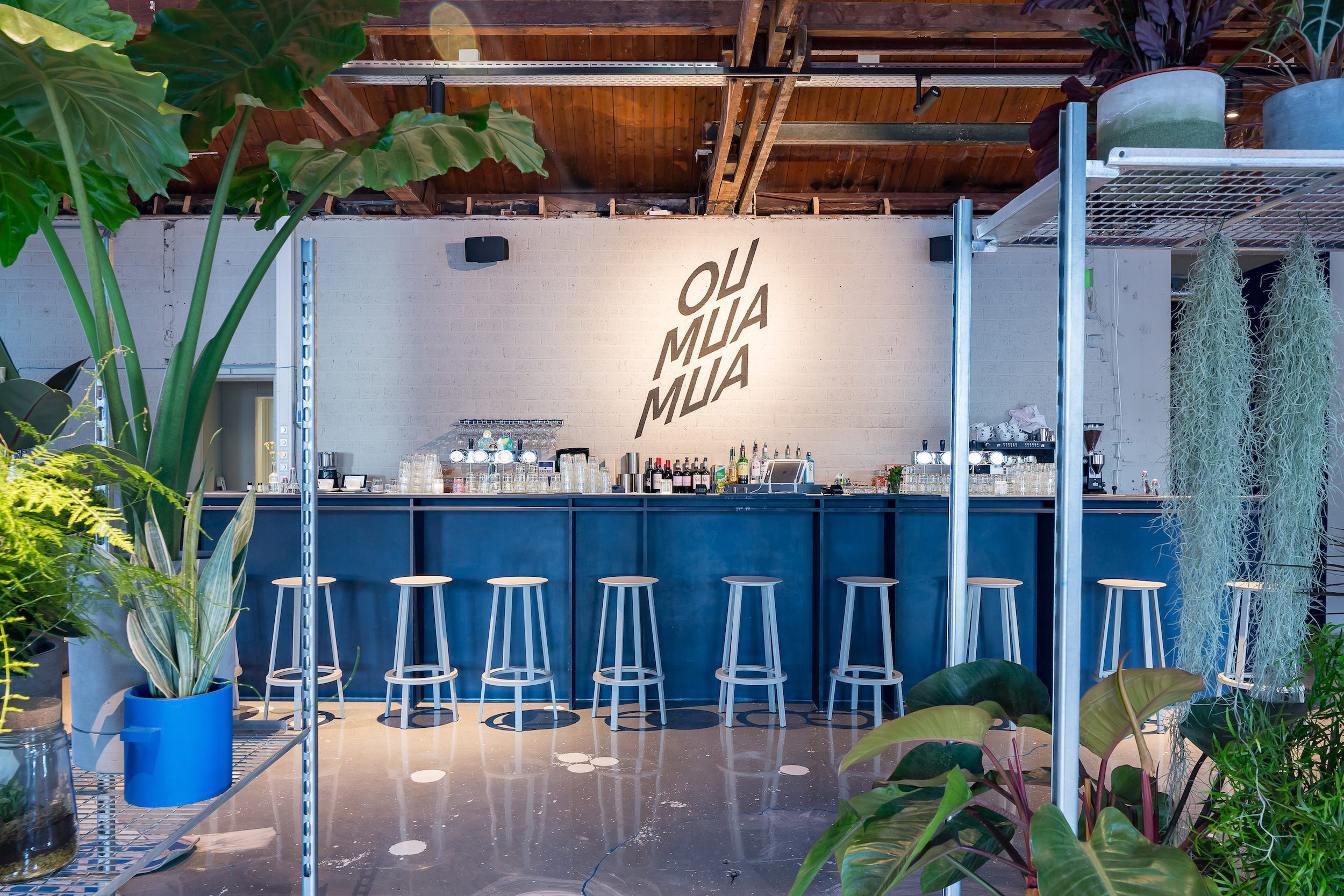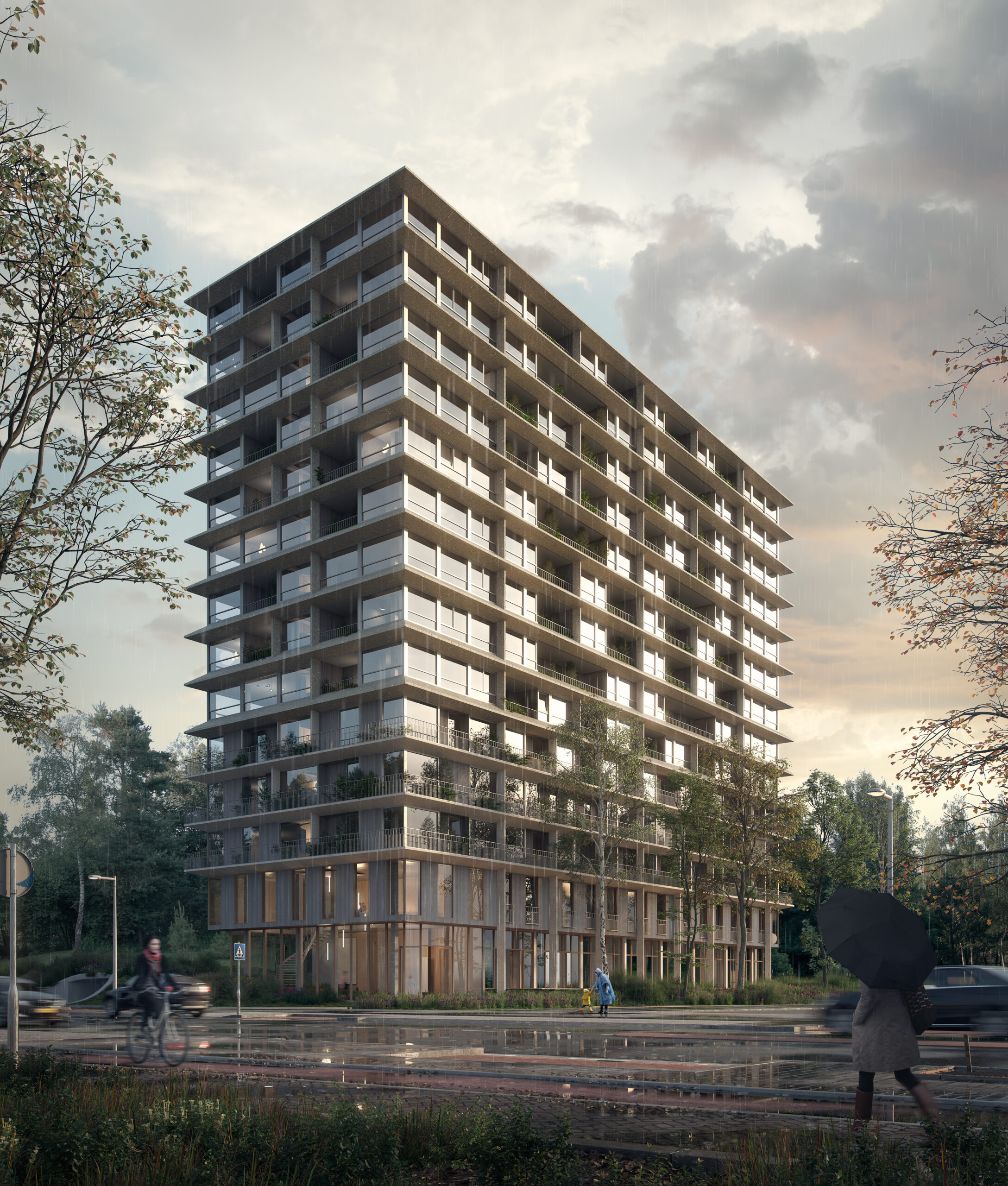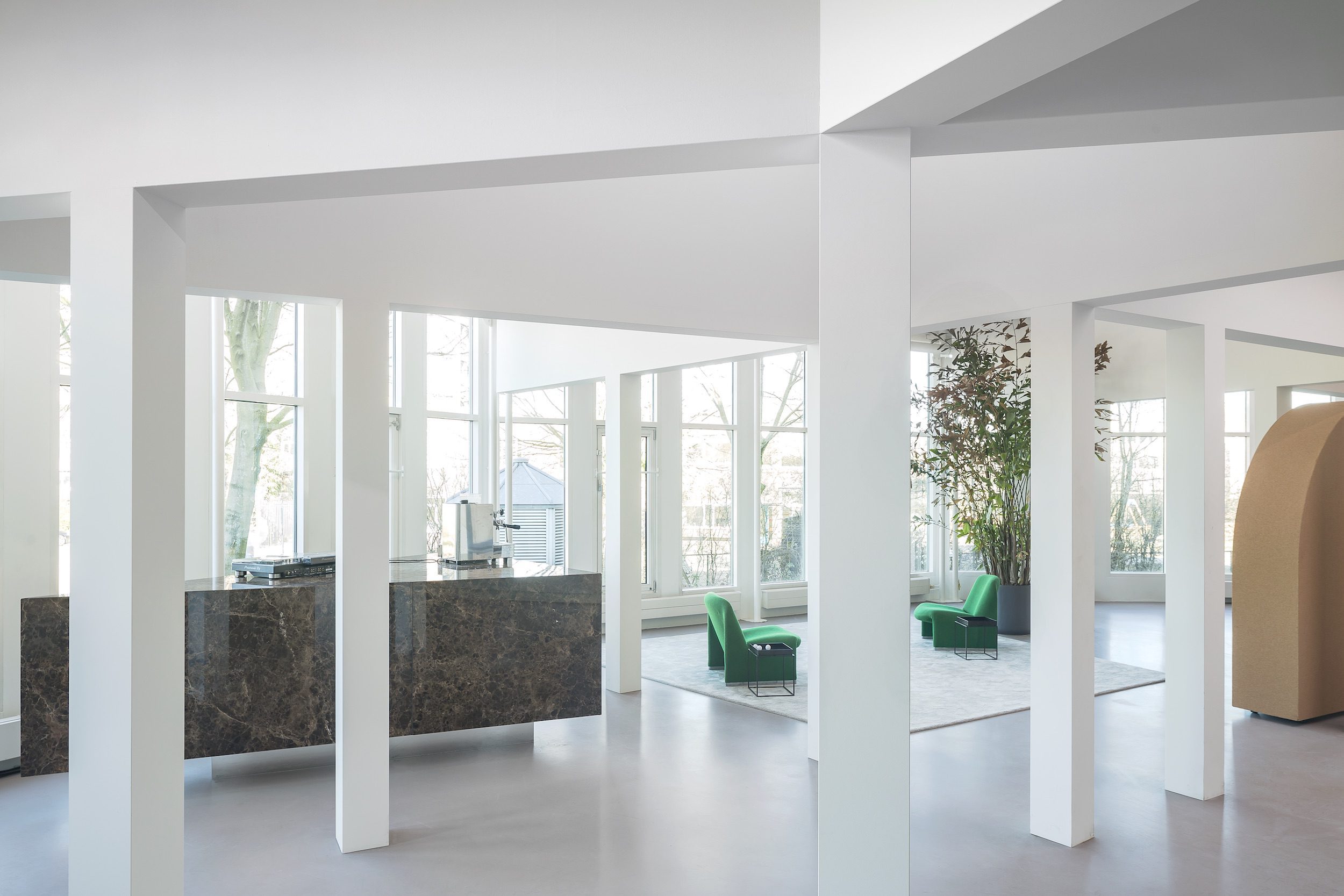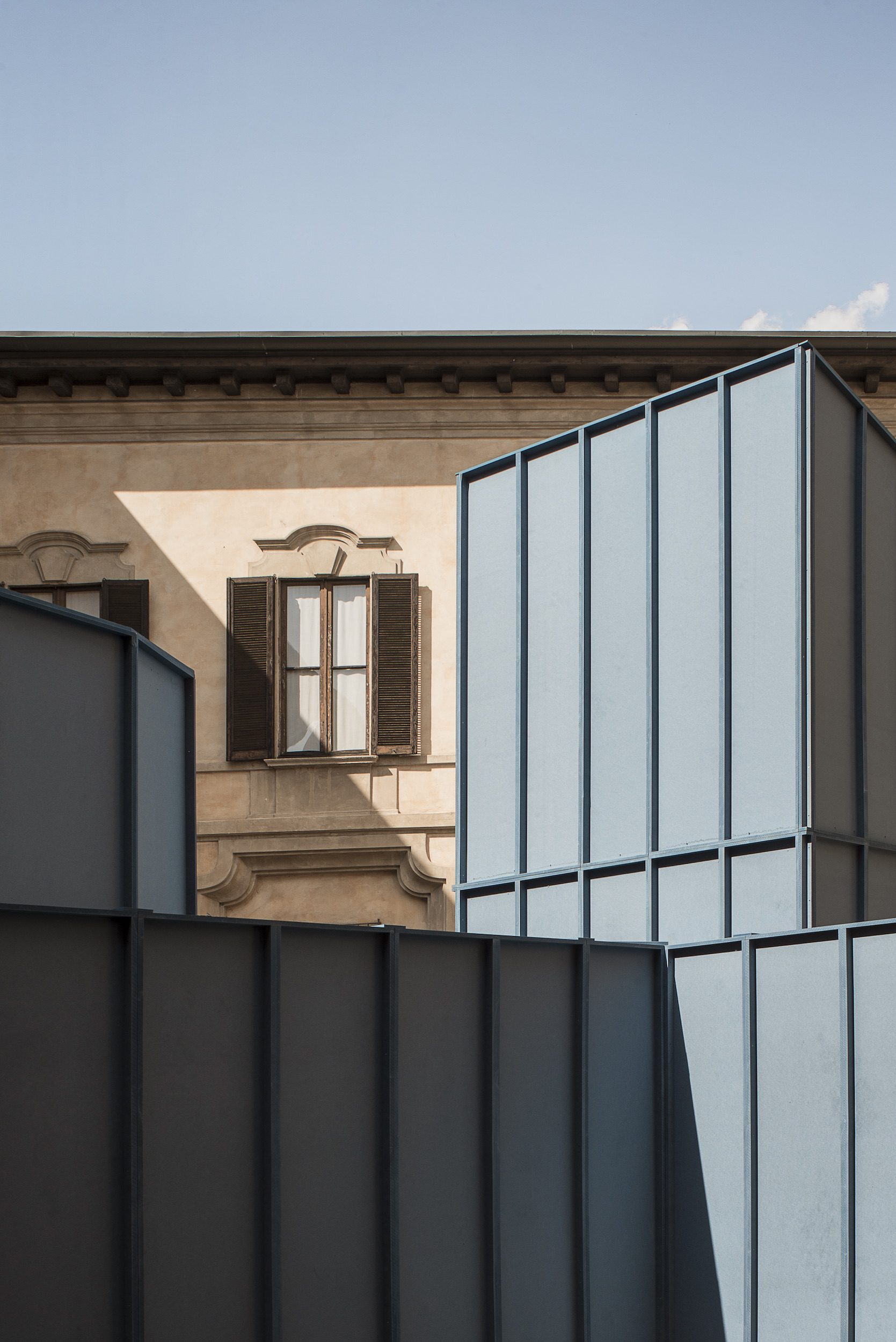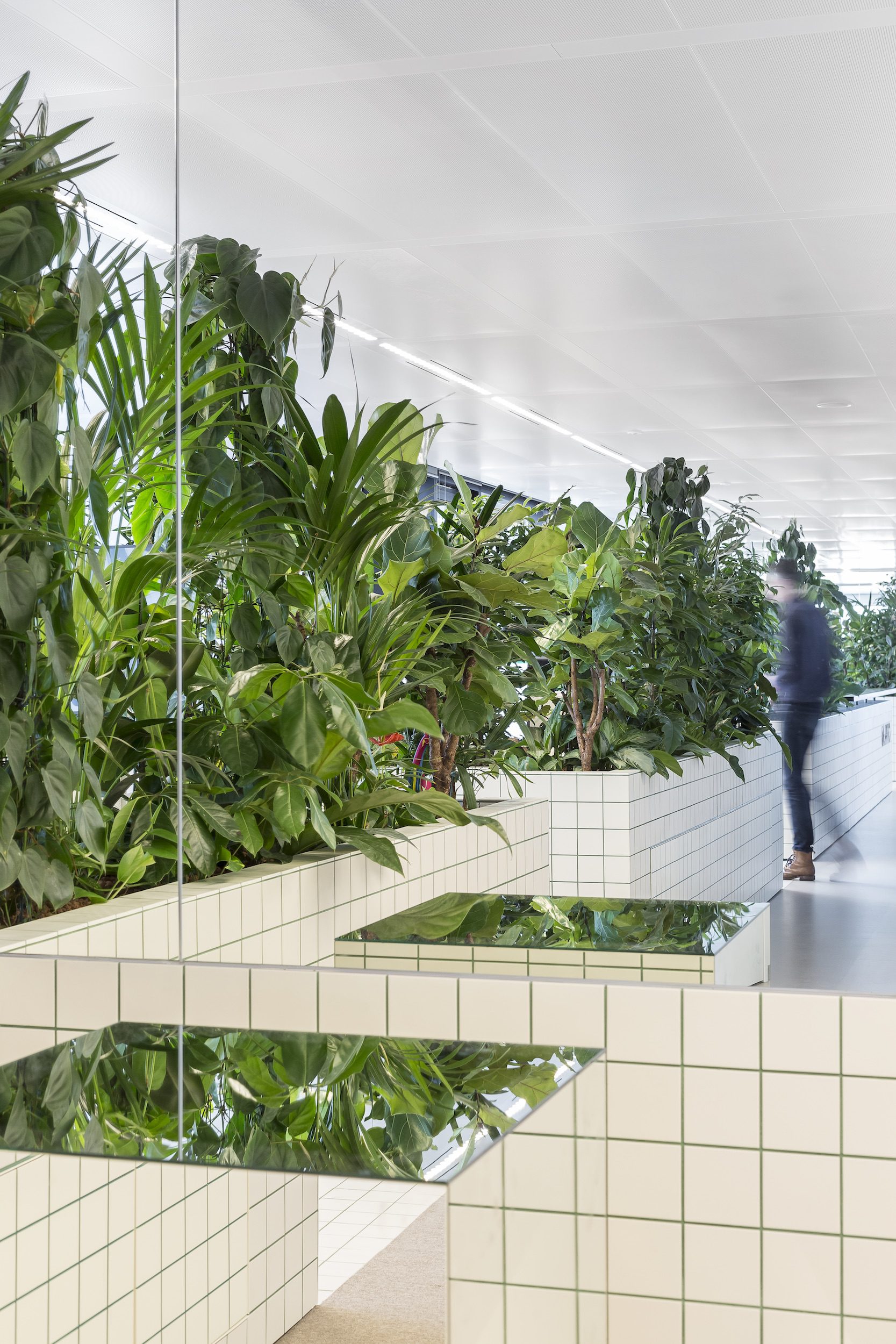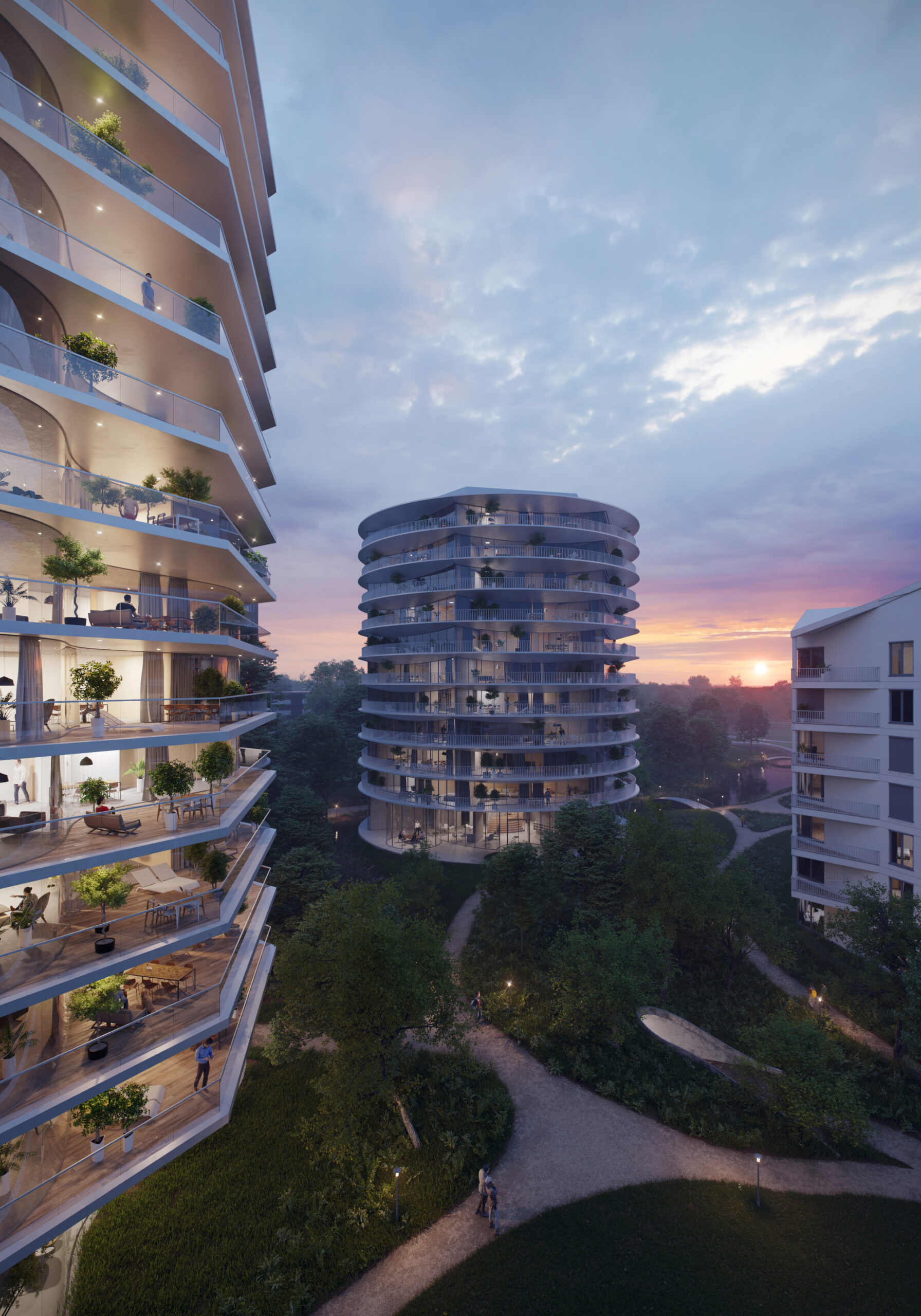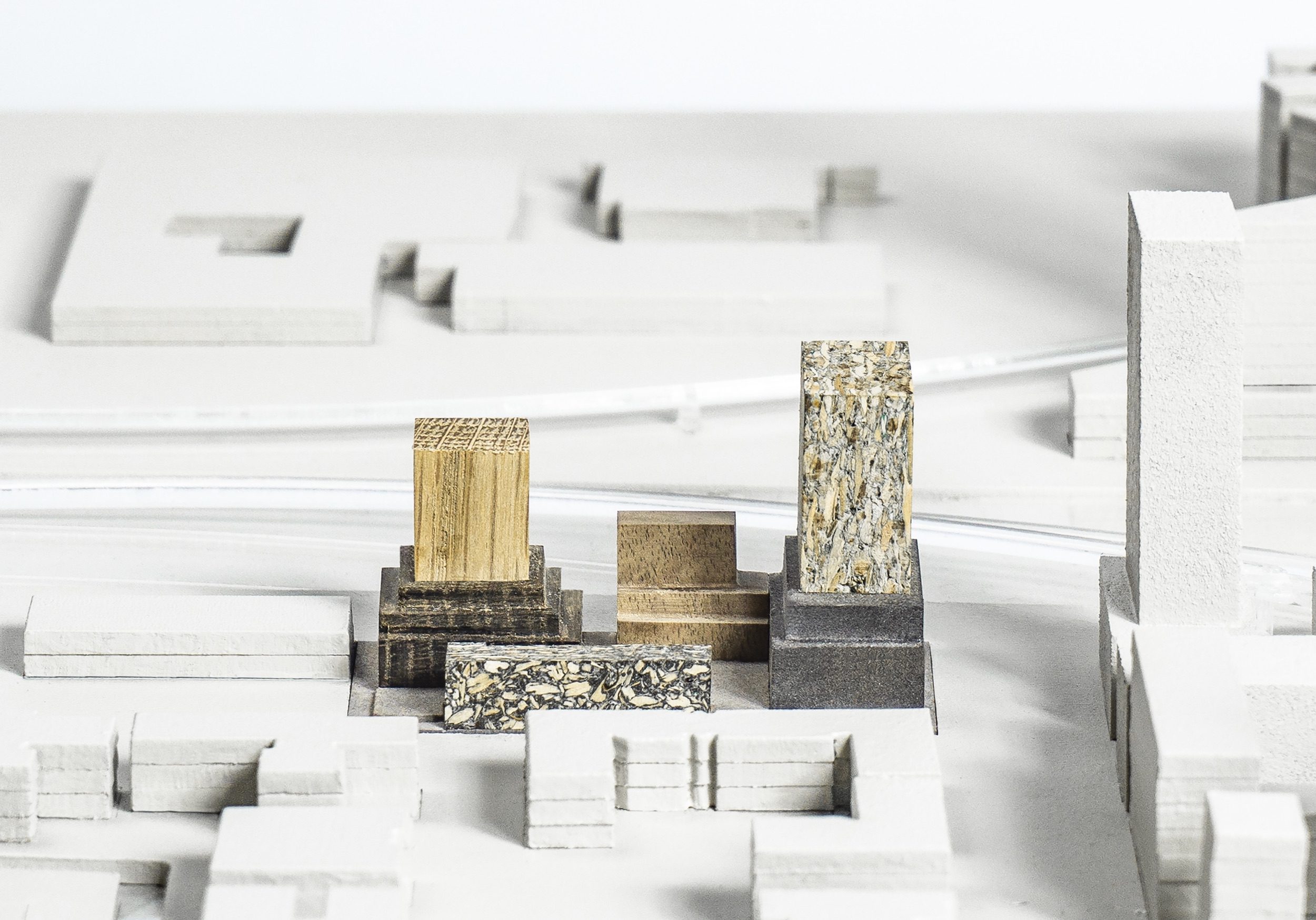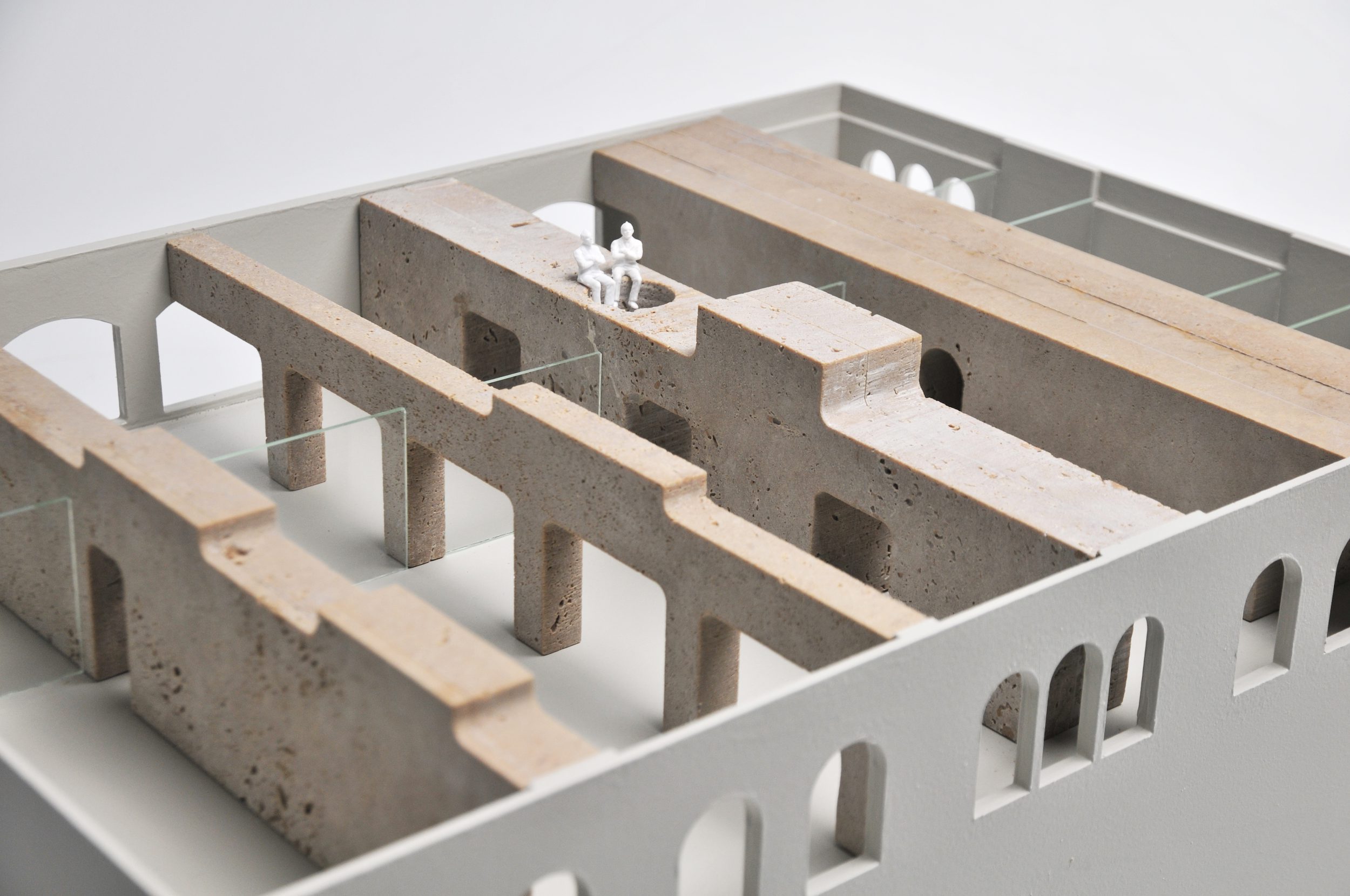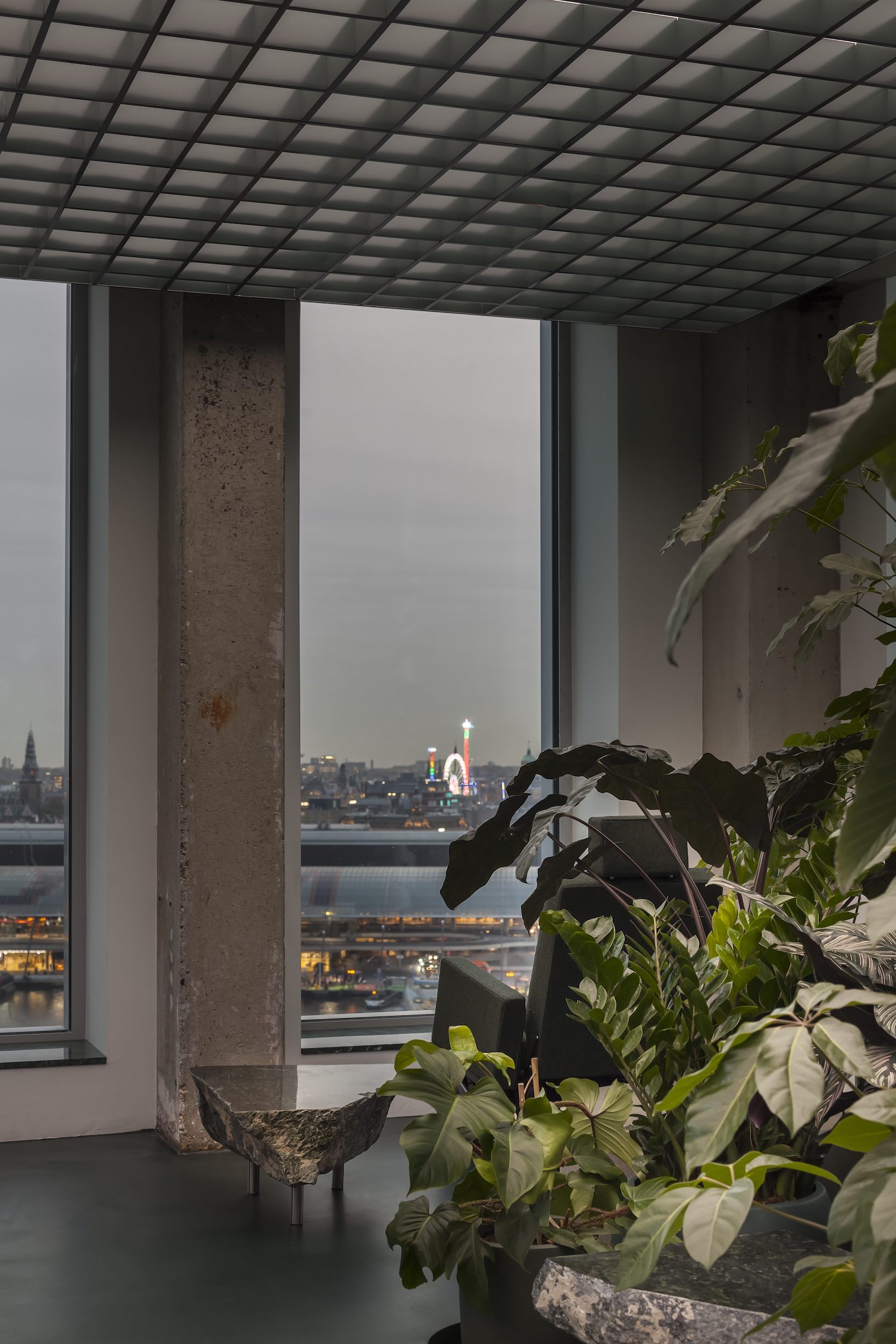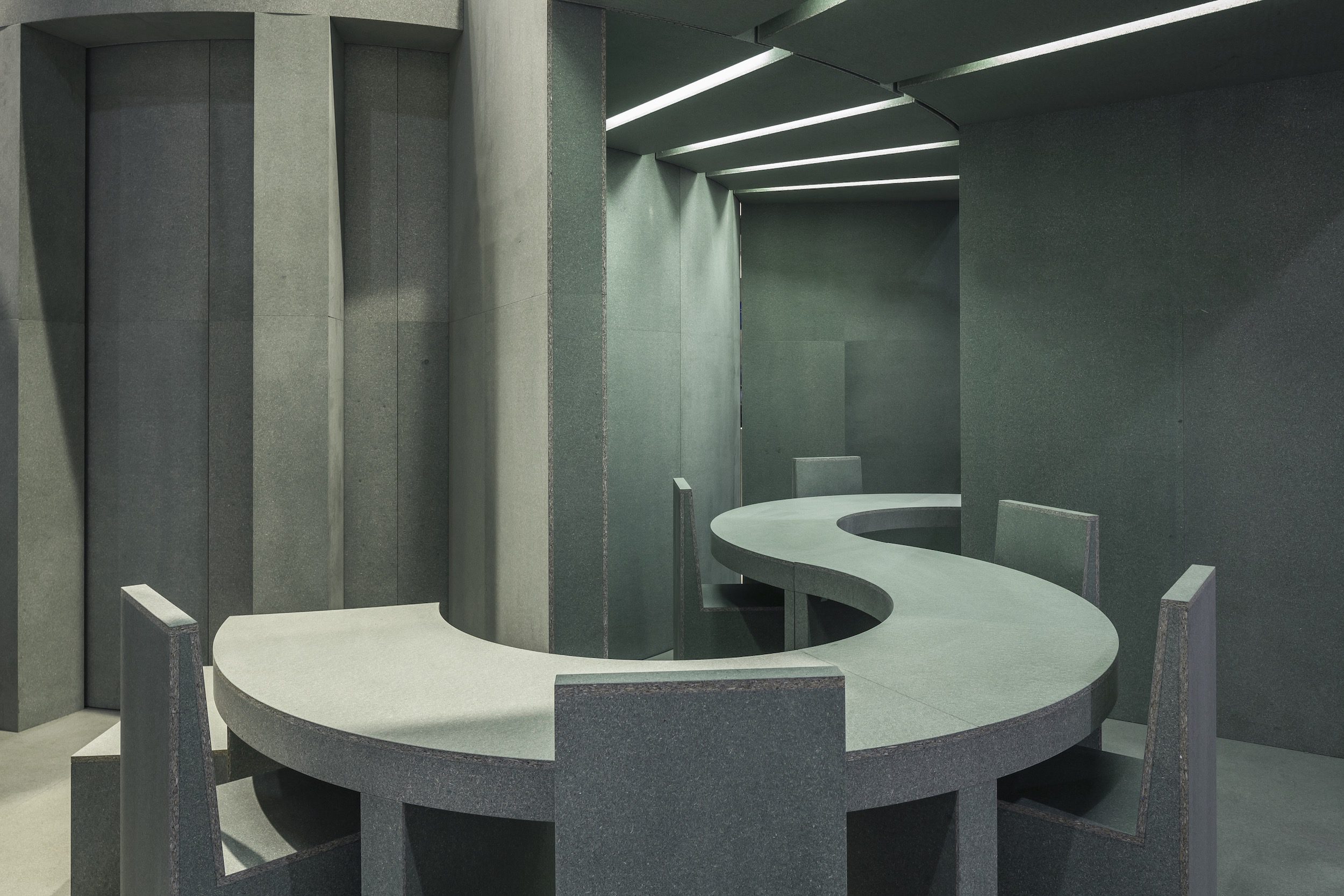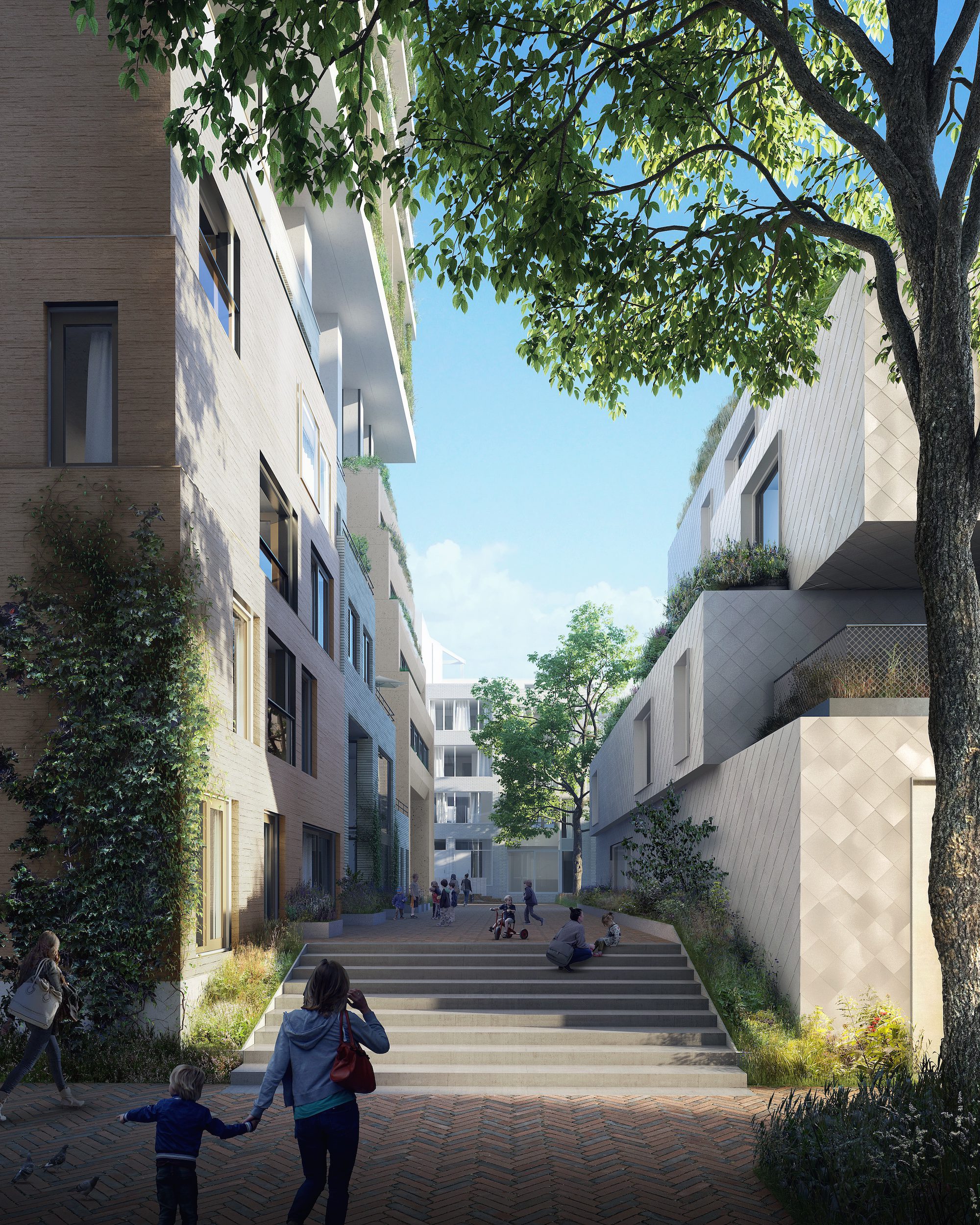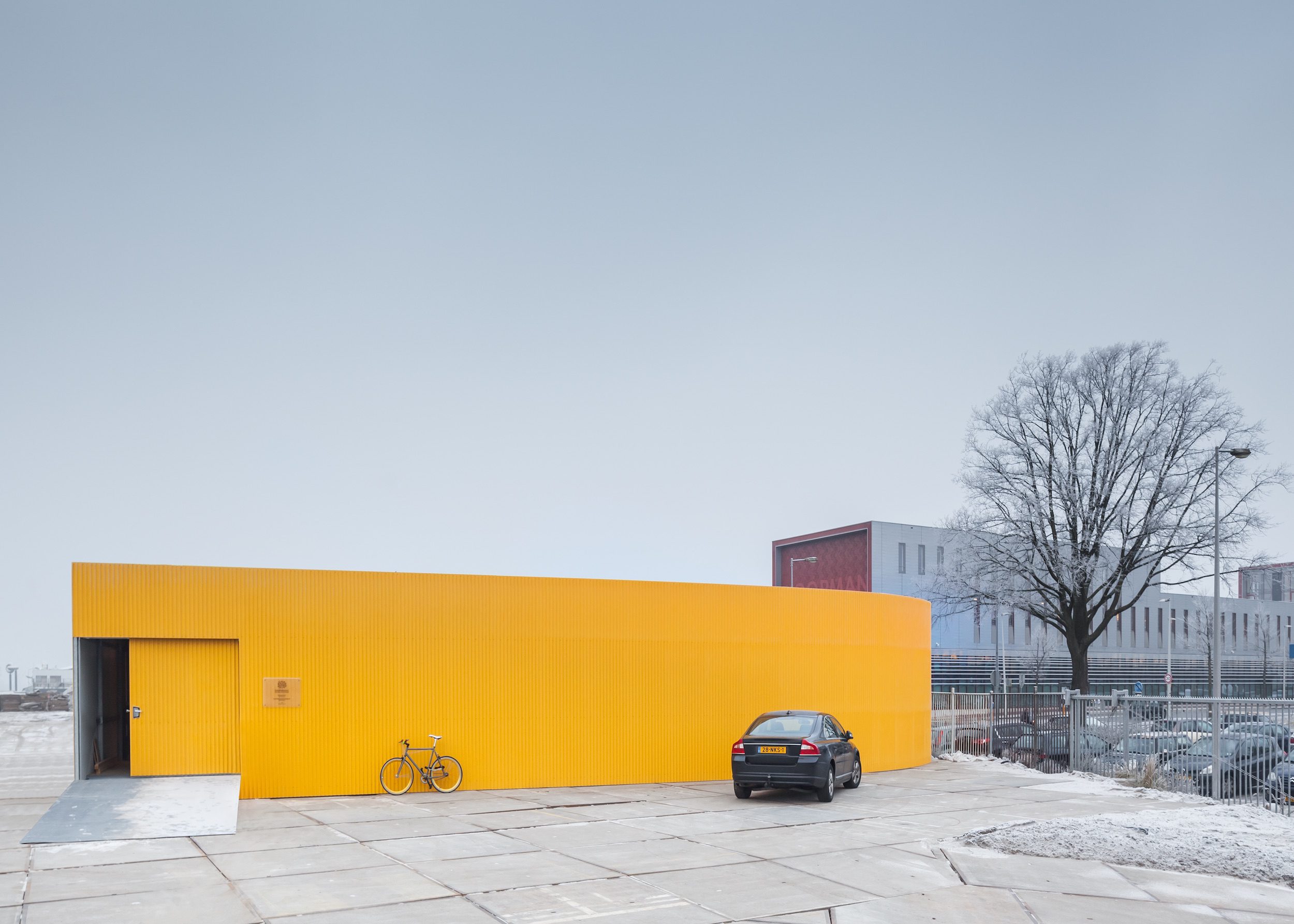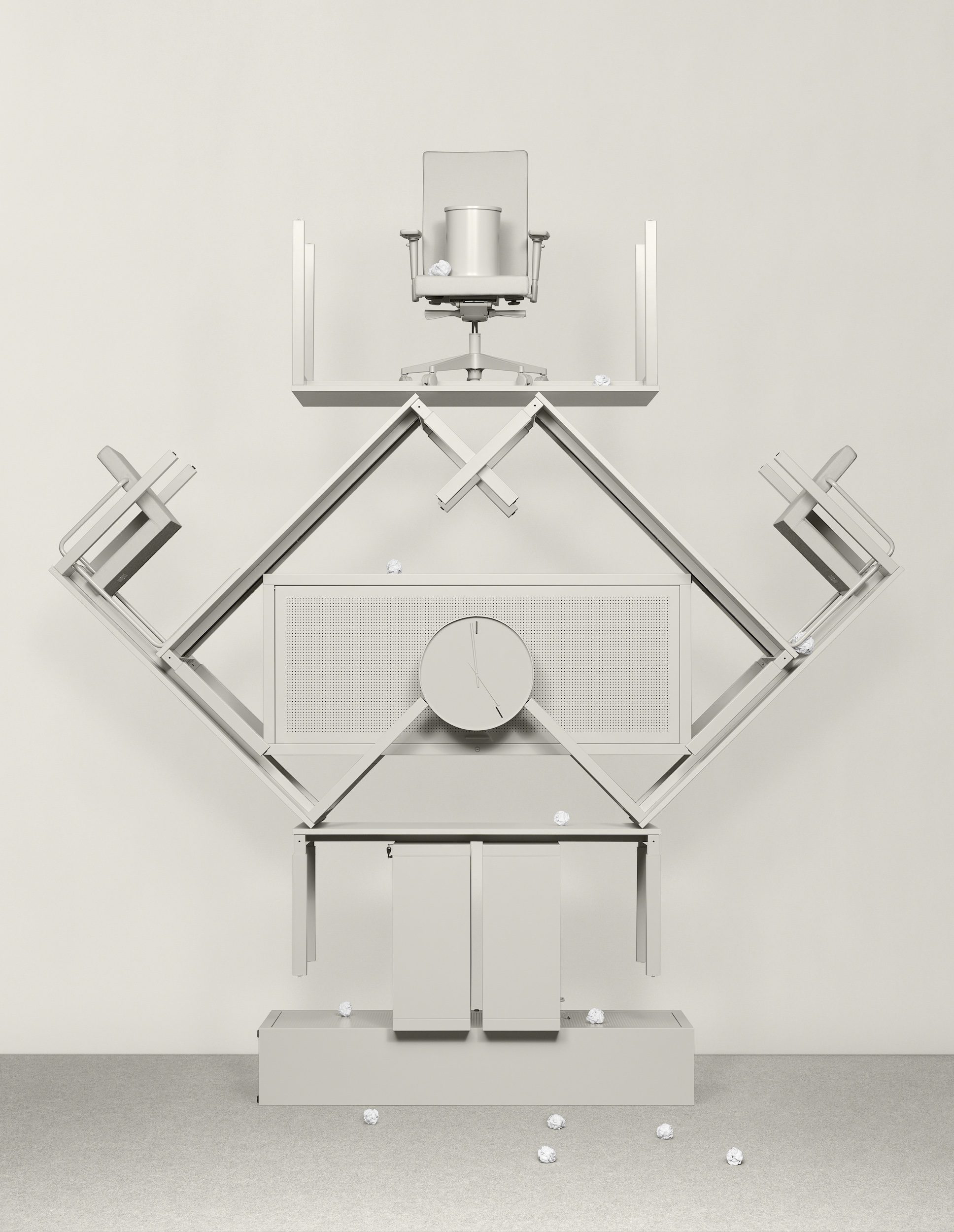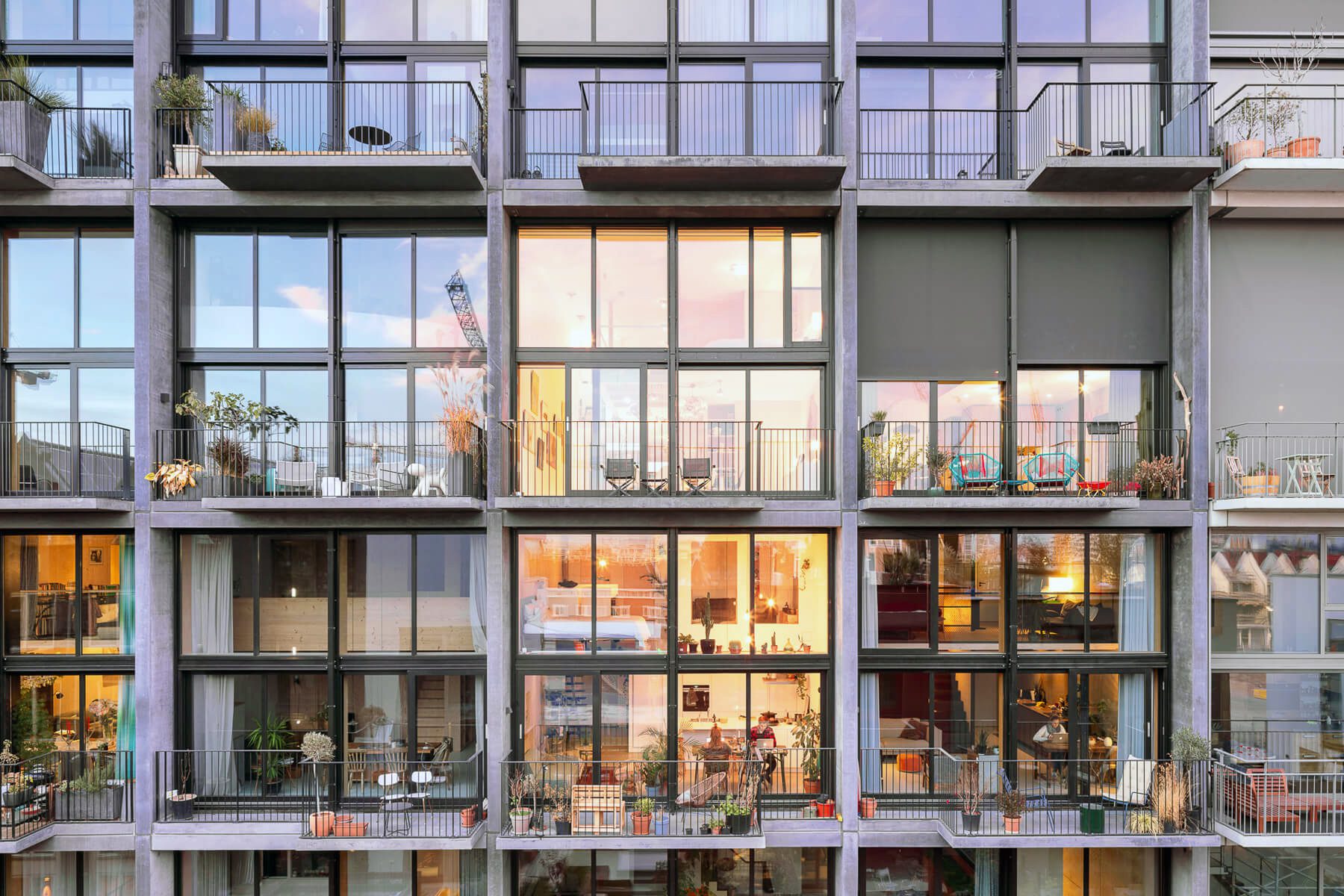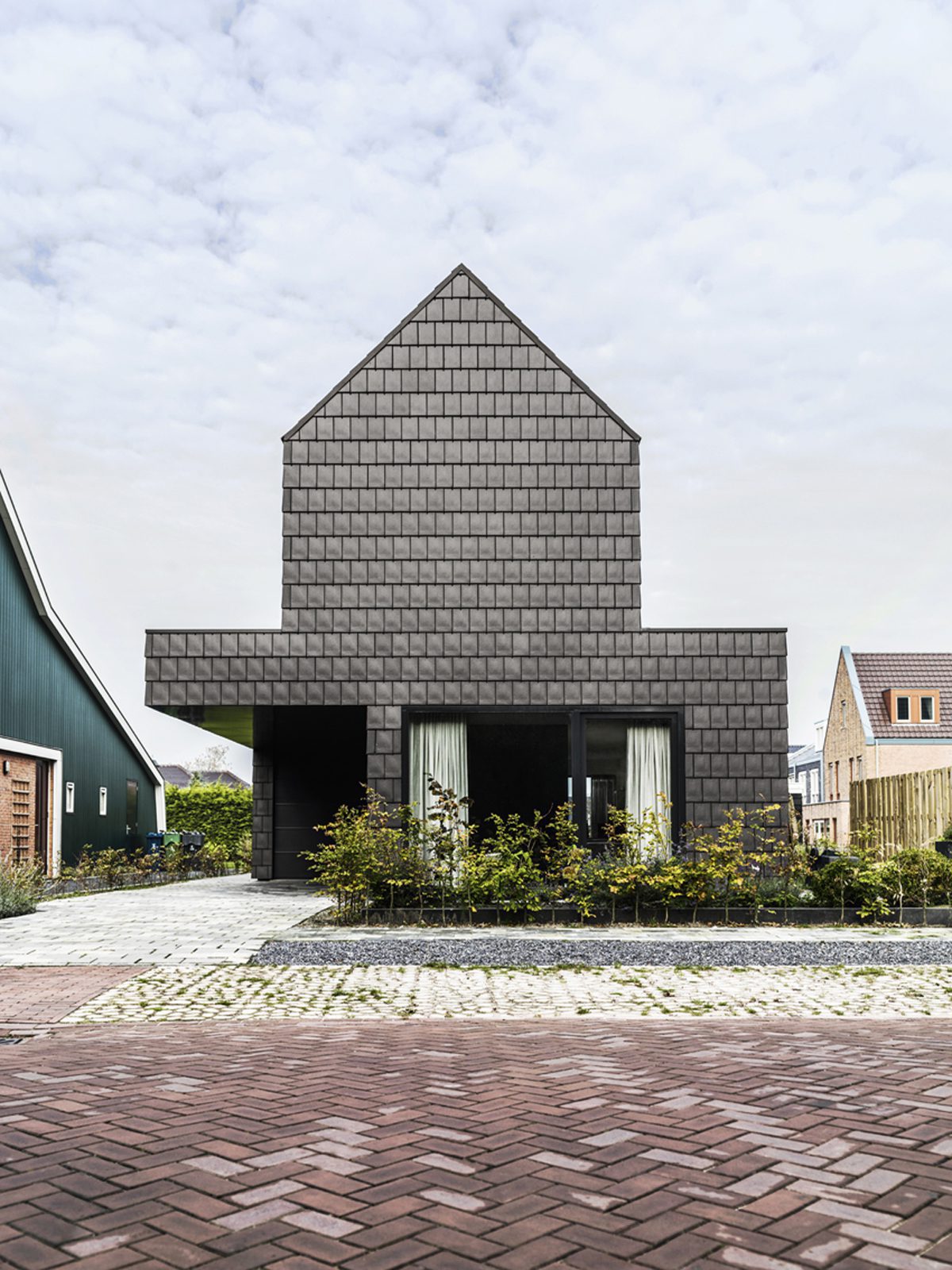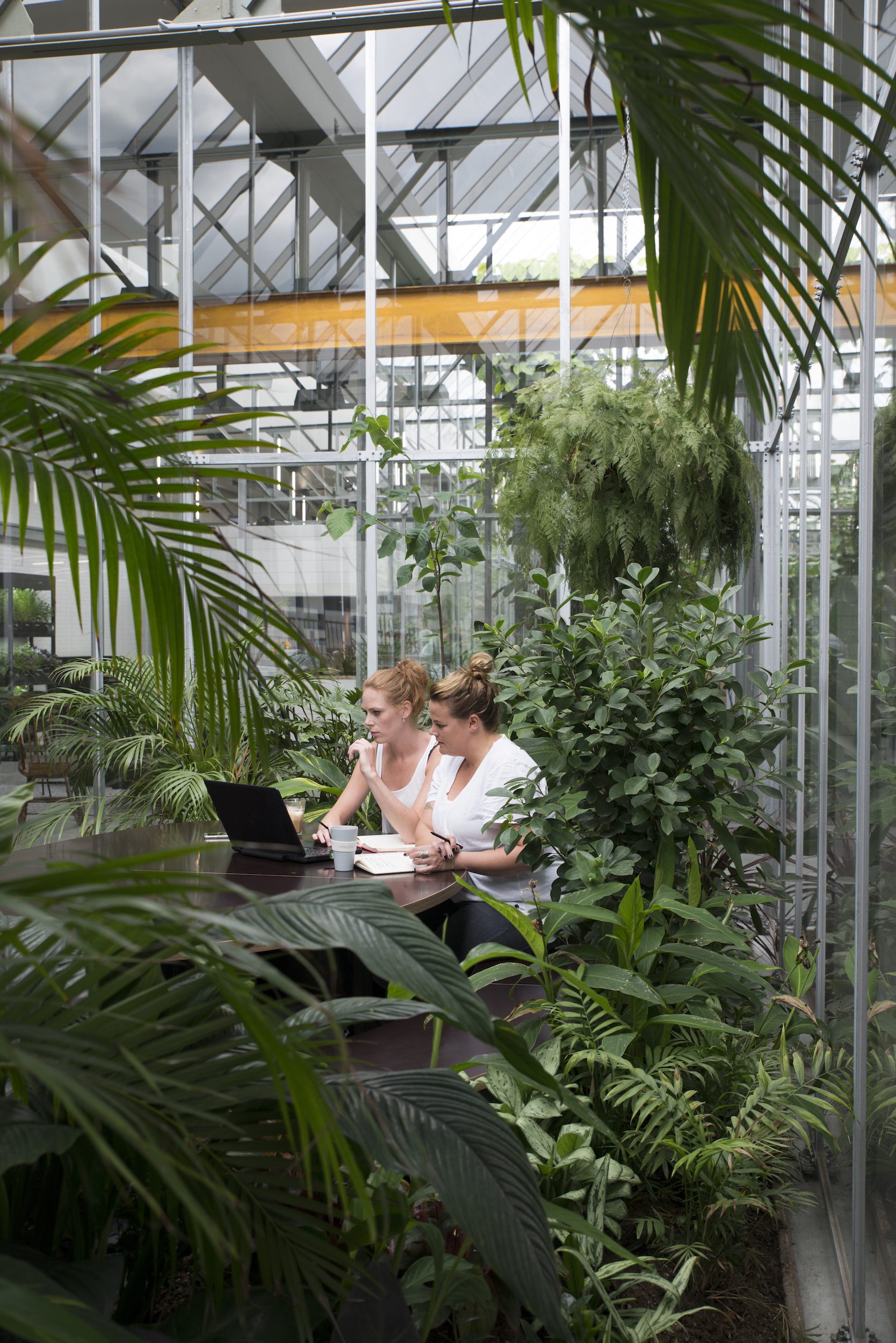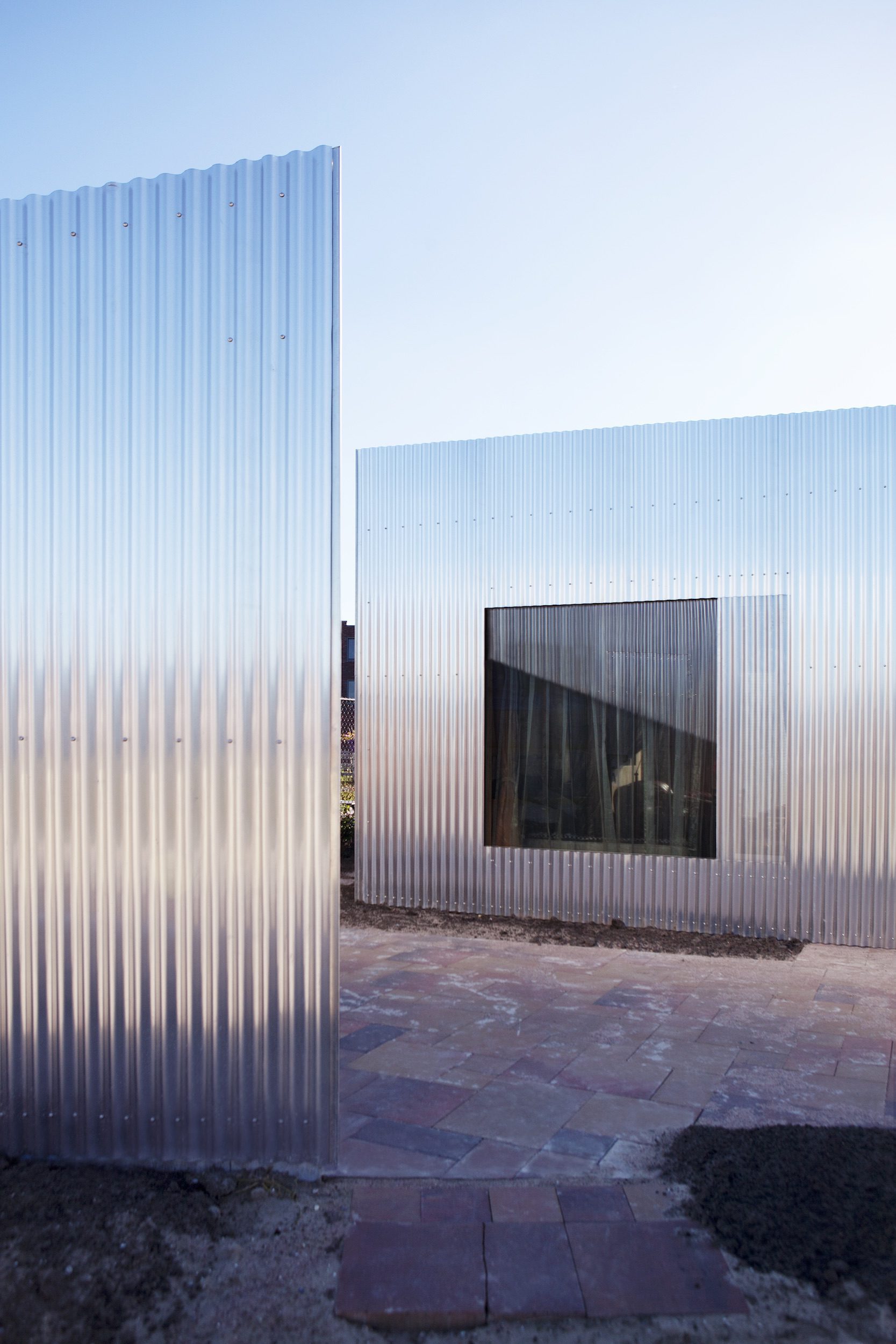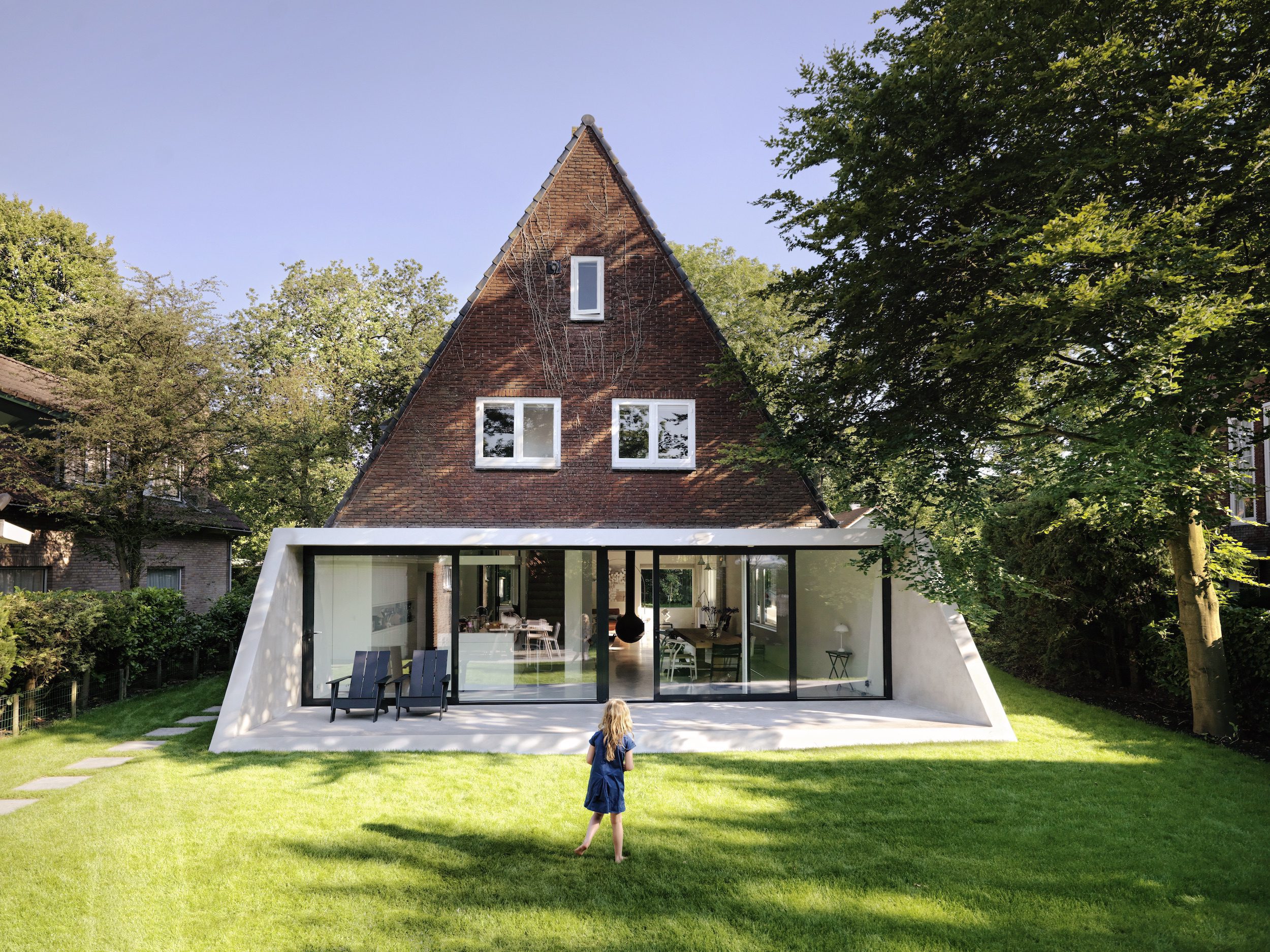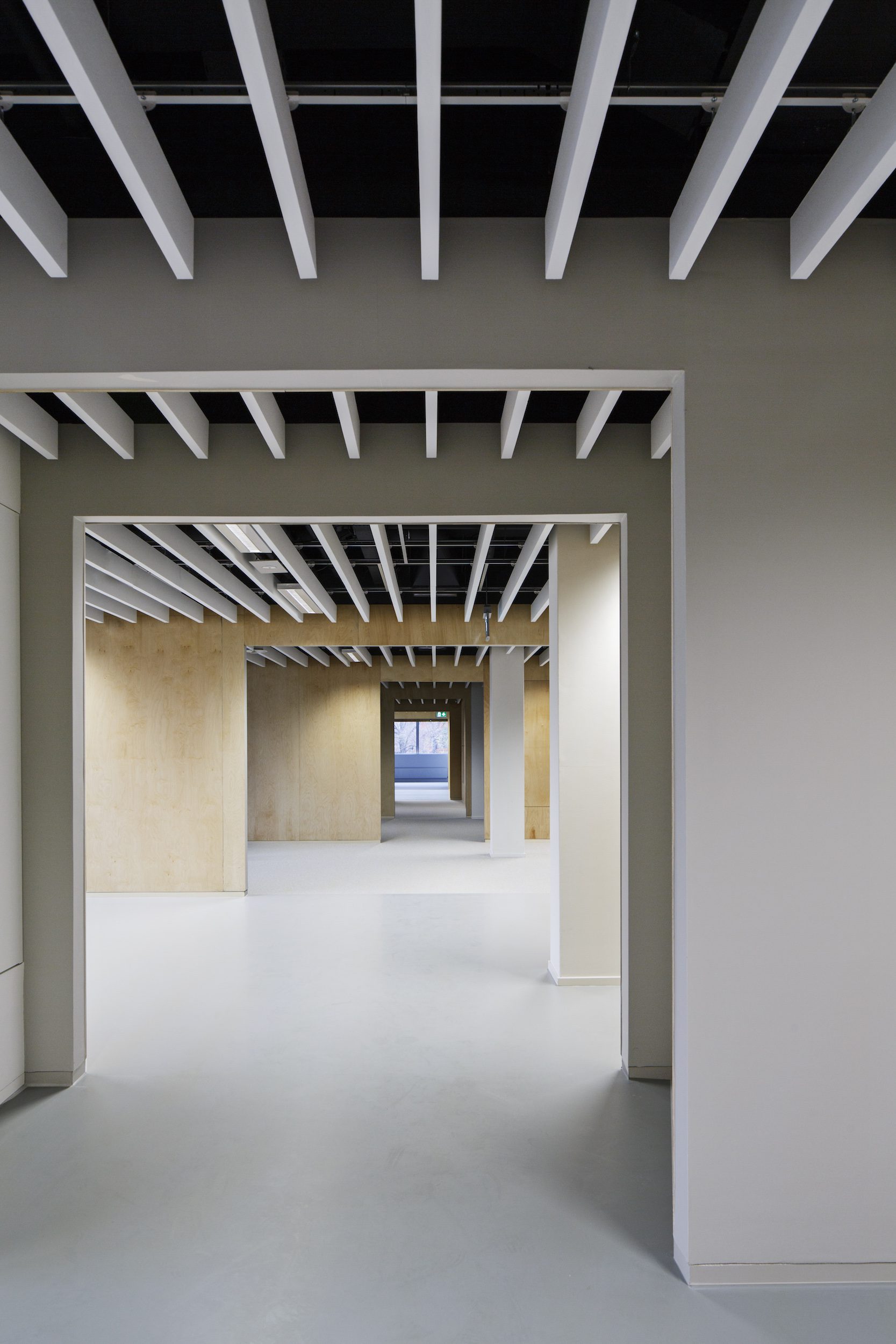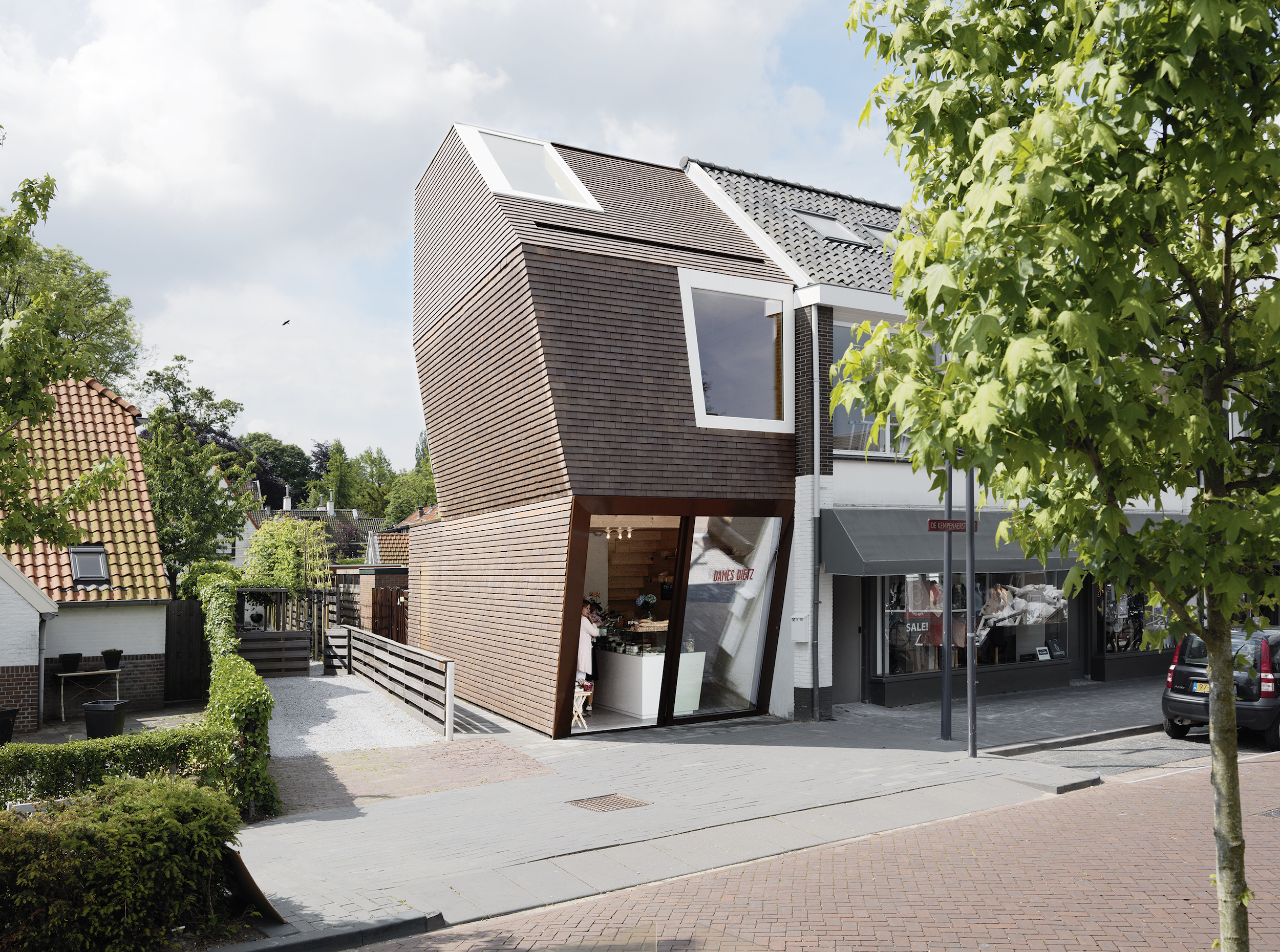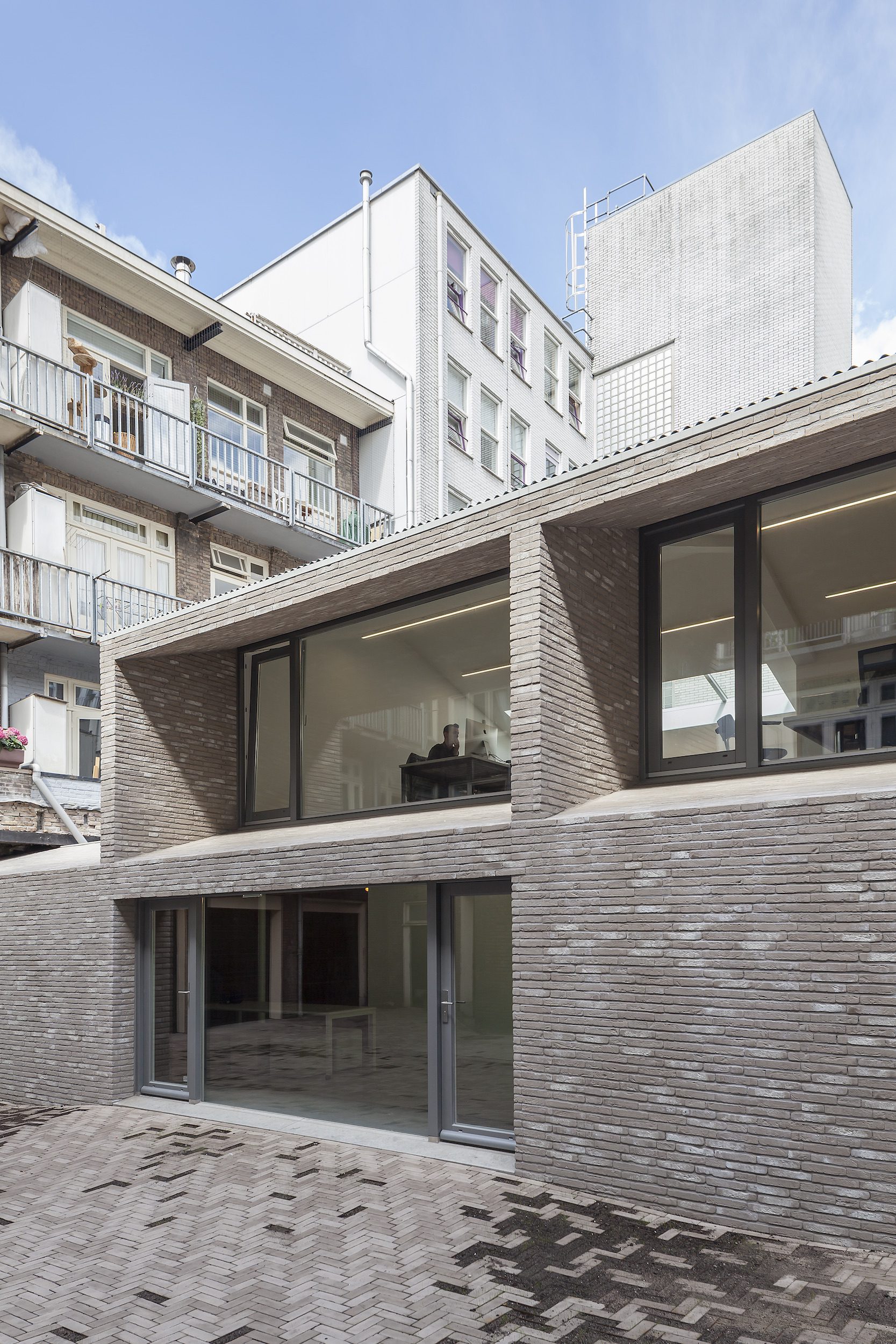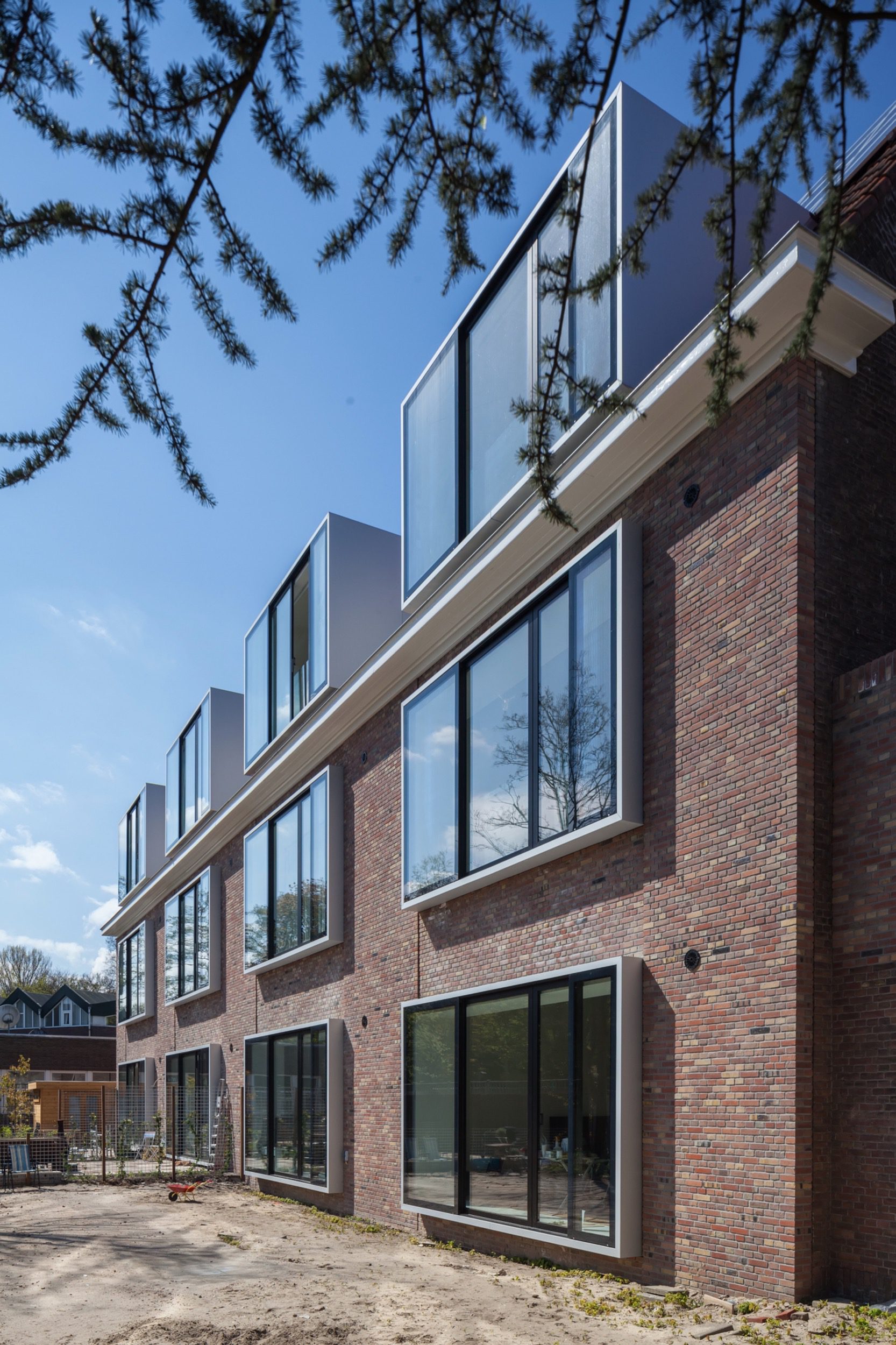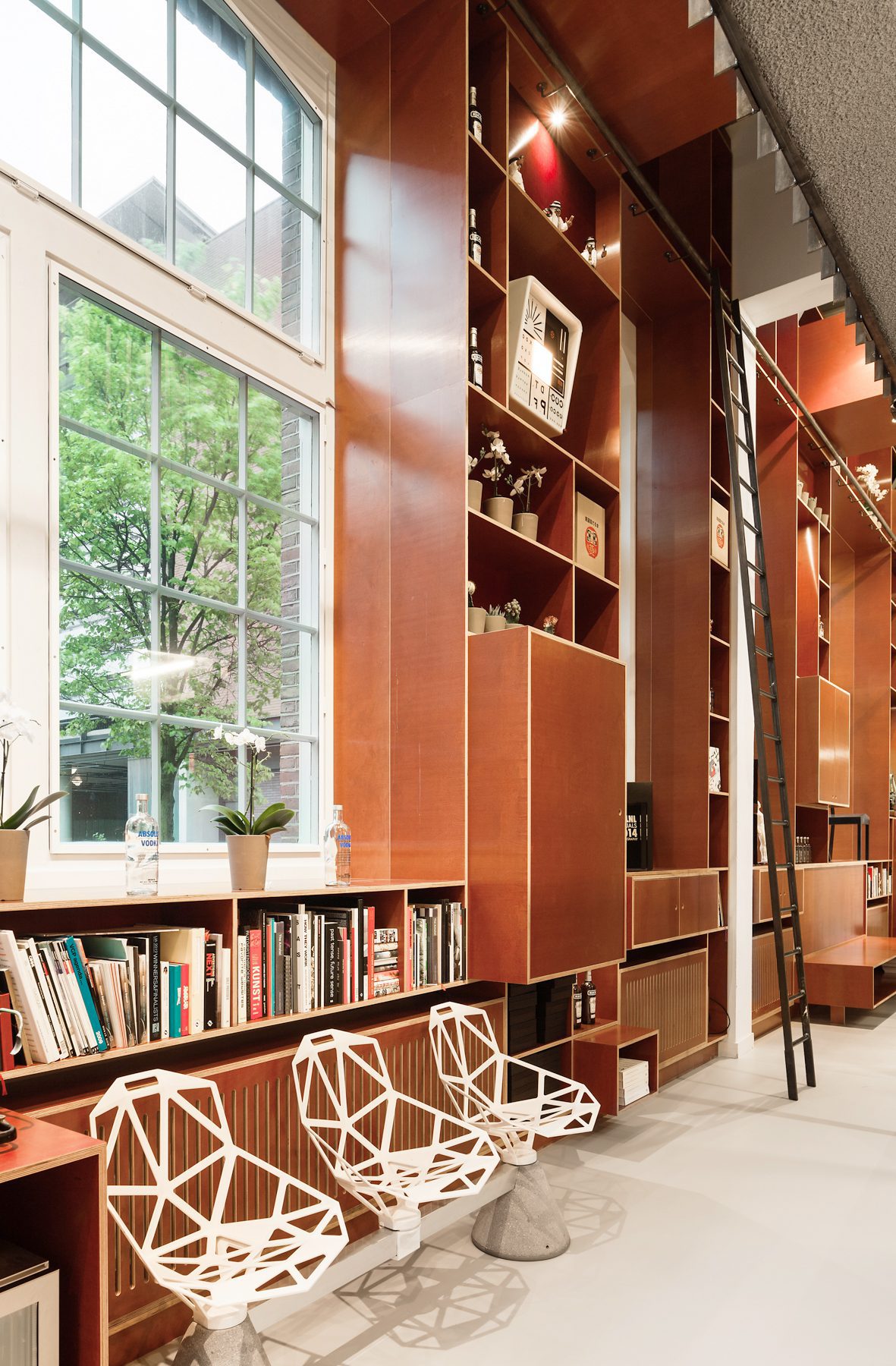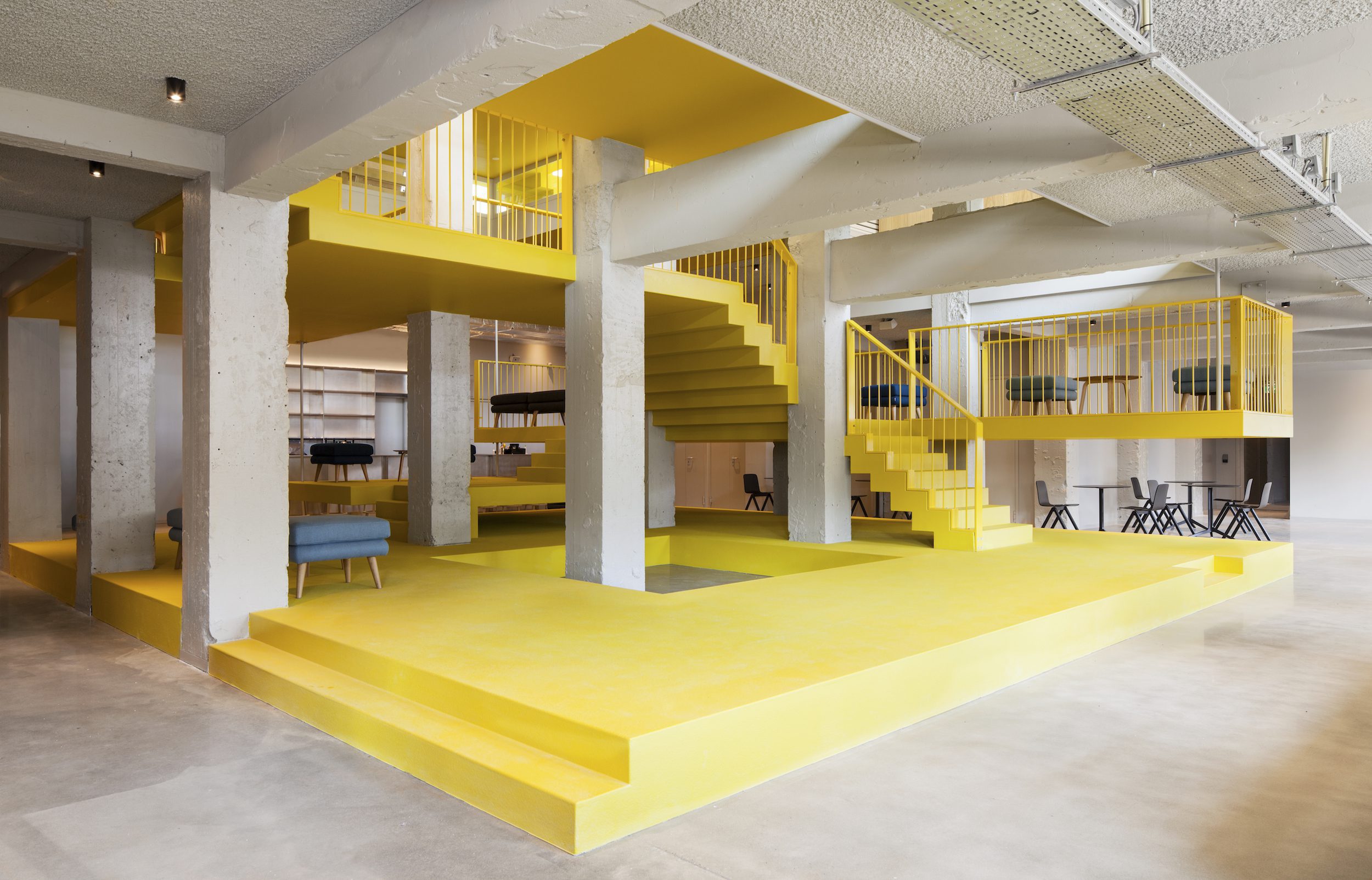Overview in images of De Gieter & De Slijper, a project by Space Encounters Office for Architecture
About De Gieter & De Slijper, a project by Space Encounters Office for Architecture
Oostenburg is one of the last urban transformation areas in the centre of Amsterdam where over time former industrial production has made way for inner-city housing. In collaboration with OZ, Workshop Architects and BETA, Space Encounters designed a striking housing complex as part of a large building block that surrounds the historical Werkspoorhal at the heart of the area. The post-industrial site is currently being transformed into a vibrant and high-density residential neighbourhood. Between a selection of historical and more recent buildings, a new, mixed urban context is being realised, consisting of buildings that differ in scale and size, have inviting plinths and variations in the design of their rooflines. De Gieter & De Slijper by Space Encounters were shaped with these parameters in mind to provide high-quality high-density living.
The building consists of three volumes, of which two contain a varied typological mix of dwellings. In between these two buildings a narrow, lifted volume is clamped that accommodates the circulation spaces. This volume is wrapped in a transparent metal net-structure that allows for visual connections to the surroundings and has a light and airy appearance in-between the two housing blocks. The volumes and plinth are materialised with a rich material palette of white tiles, blue fences and coarse grained, green-grey concrete elements that are rough on the outside and smooth on the inside. Moreover, the dwellings on the ground floor have a generous ceiling height and a floor that is slightly elevated from the street level, providing them with an outdoor transition space in the densly built neighbourhood.
The street facing facade of De Gieter has a solid grid facade containing three bays of windows, which, in an abstract way, echoes typical Amsterdam canal houses. Contrastingly, the side facade is open and transparent, and contains the private outdoor spaces of the dwellings. The roofline shape of this facade hints to the shed-roofs of the former industrial warehouses on the terrain. Further, facade enrichments of De Gieter come from the rough, tactile outer surfaces of the elements. This concrete moonscape engages in a striking play with both rain and sunshine.
The street facing facade of De Slijper has a strong horizontalilty that contrasts with the adjacent Werkspoorhal. The bright white tiles with blue joints and fences endow the building with a joyful appearance. The green patio in the centre of the project connects to continuous green outside spaces that are flanked by an active plinth consisting of commercial spaces, atelier dwellings and the entrance lobby that is accessed through large doors. The building is crowned with a collective roof garden that provides all residents with additional outside spaces and magnificent views over the city.



















